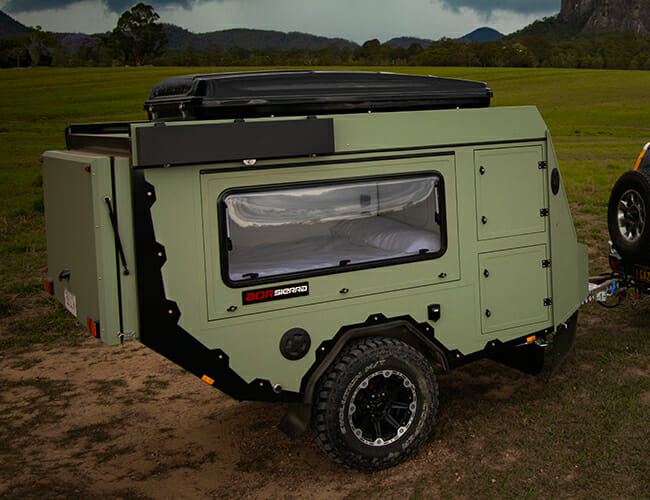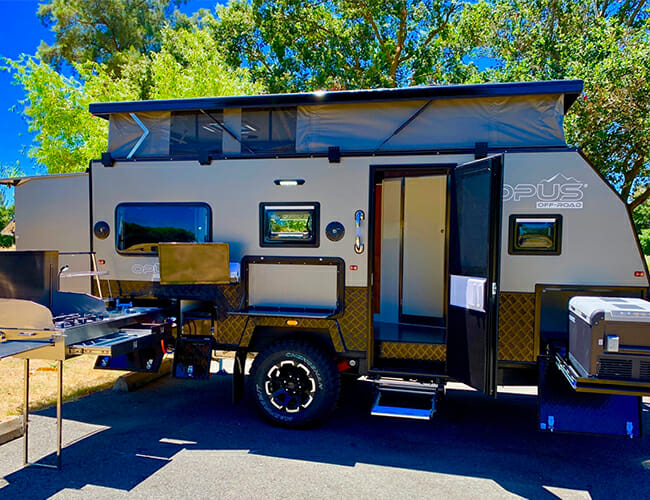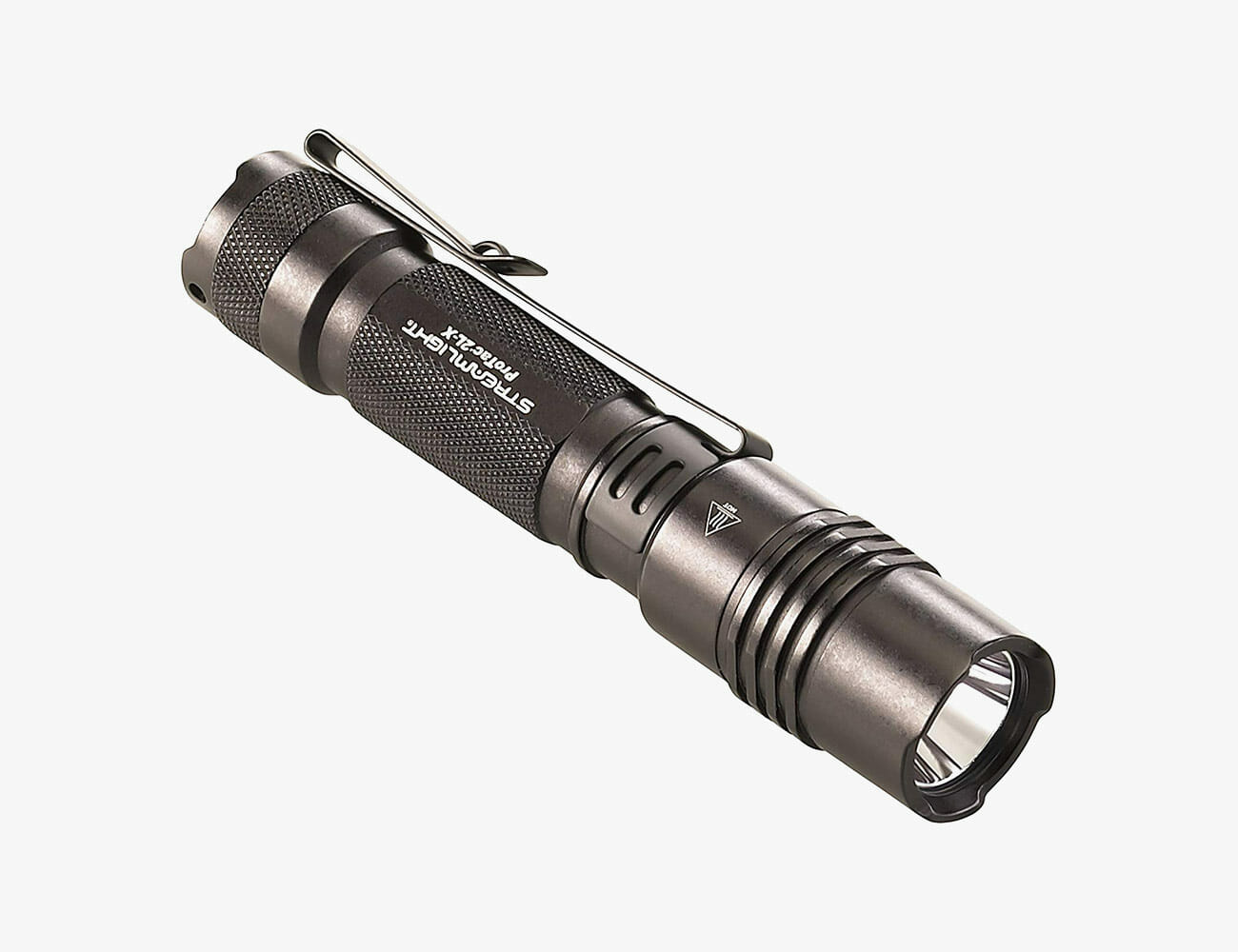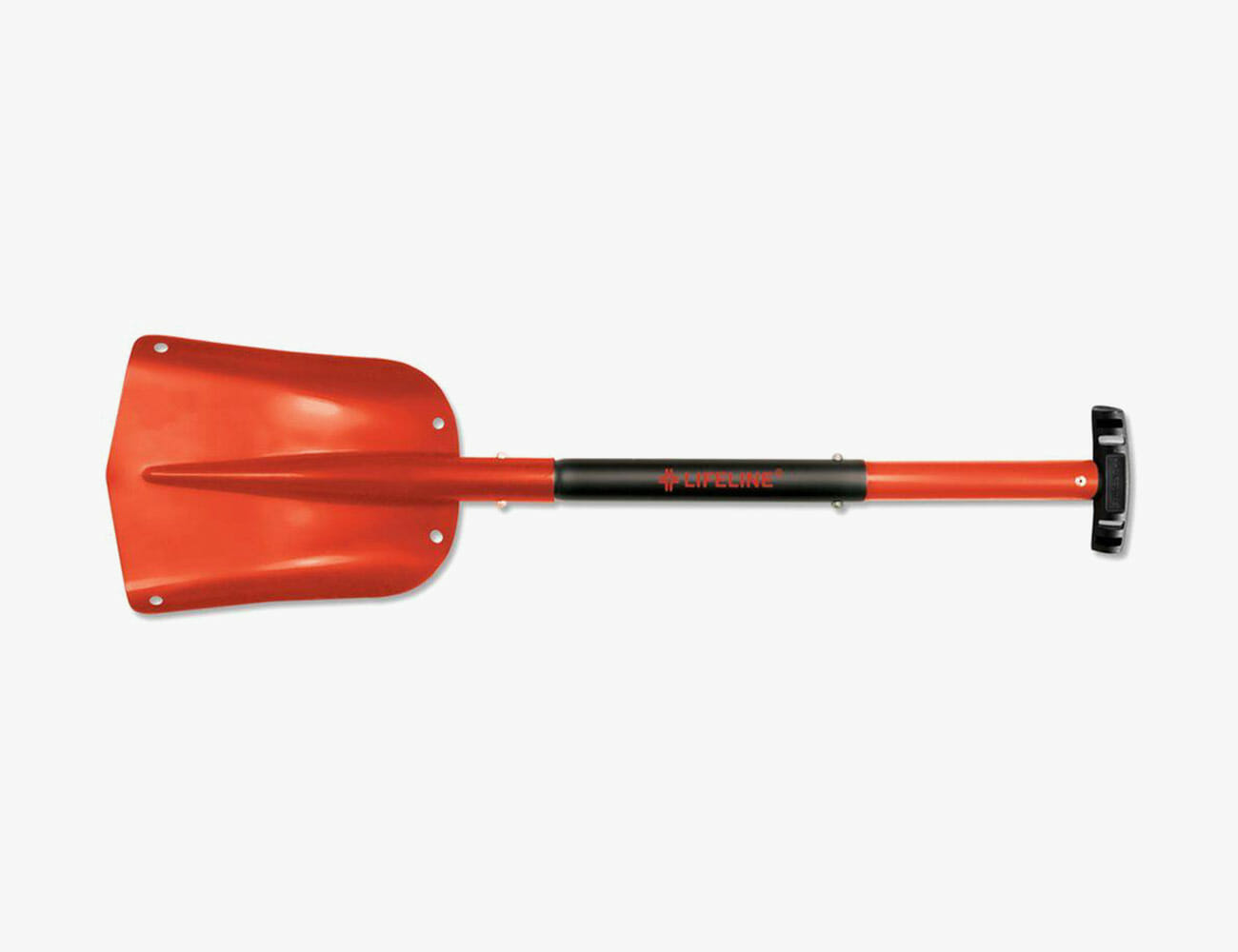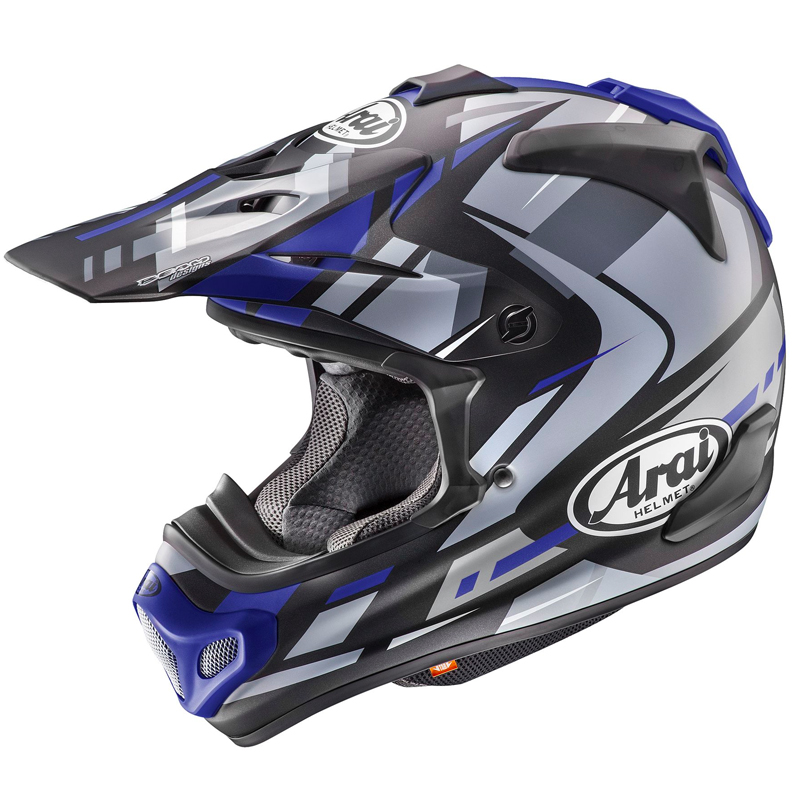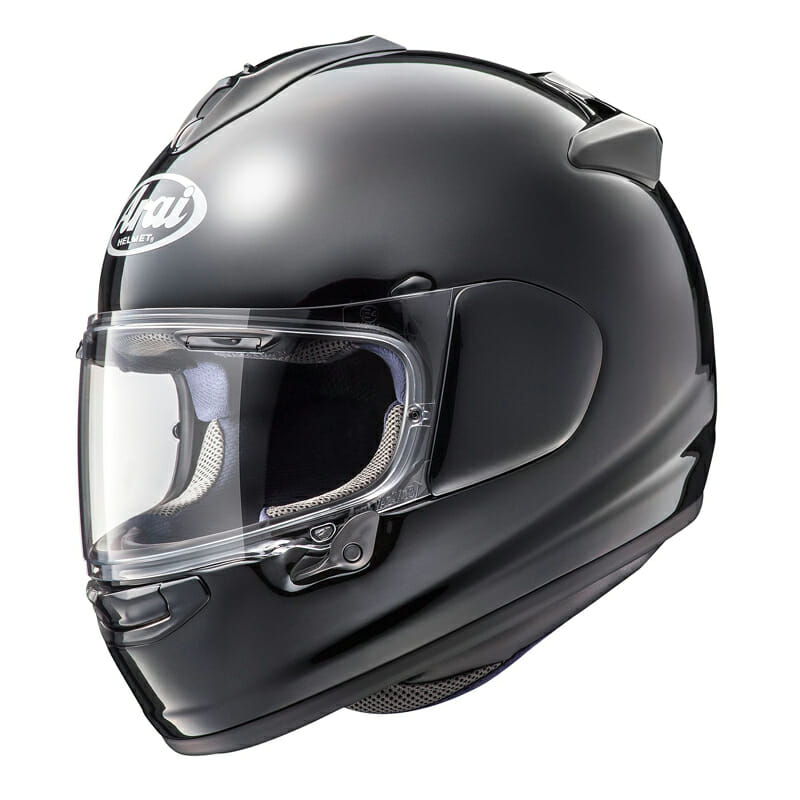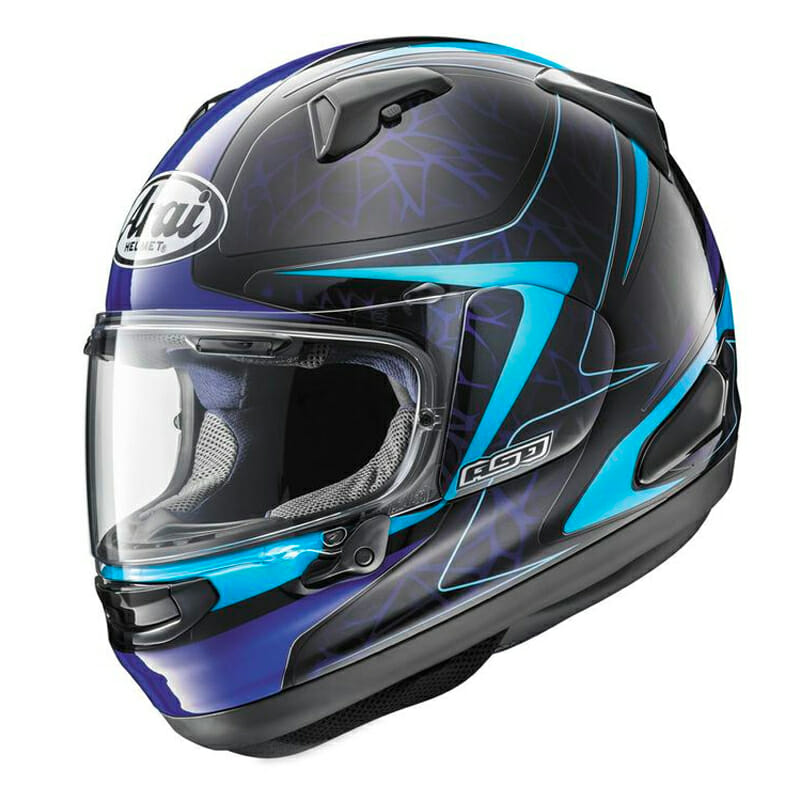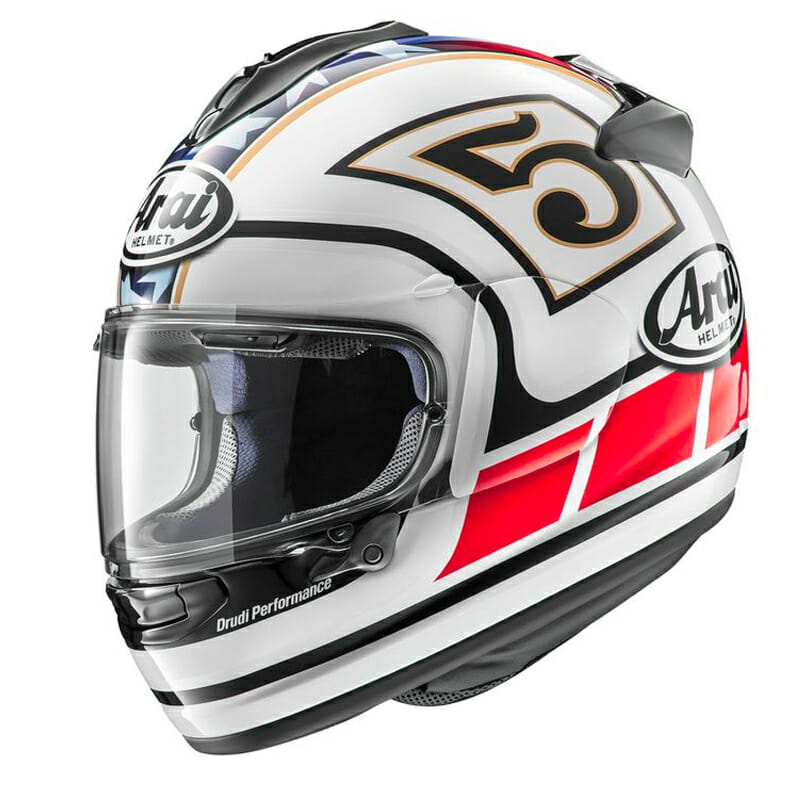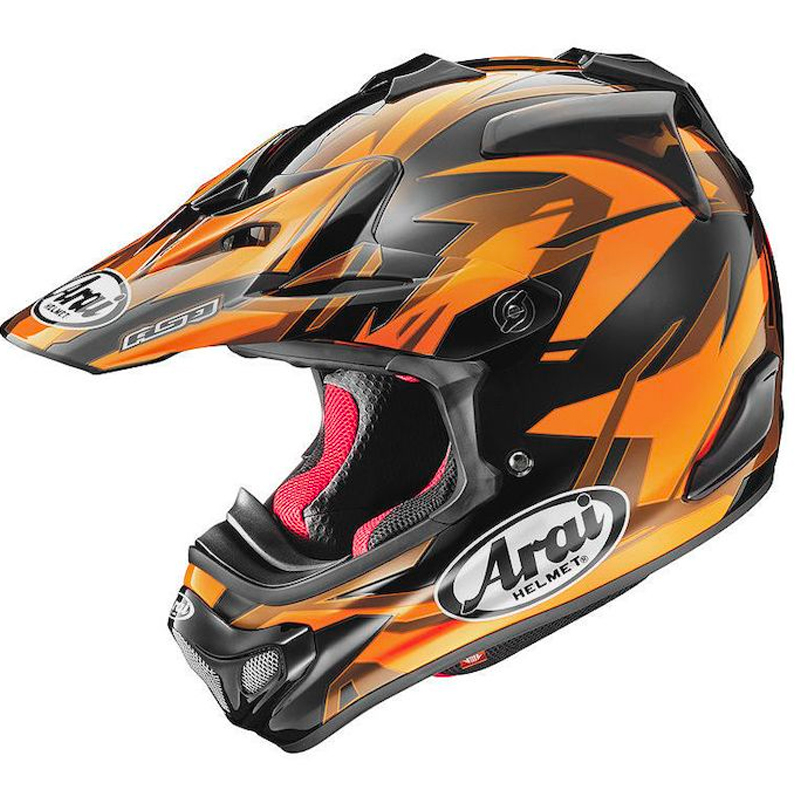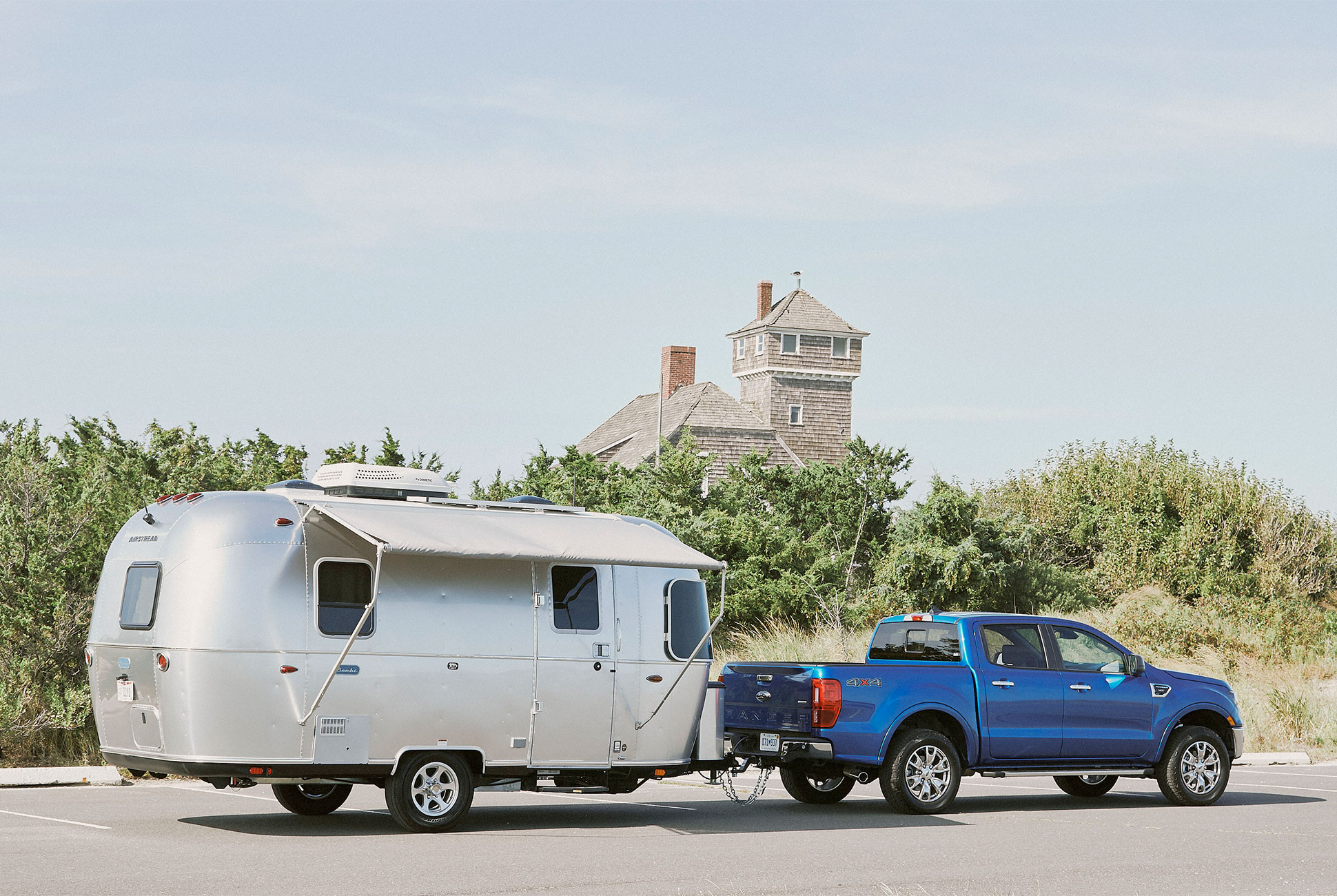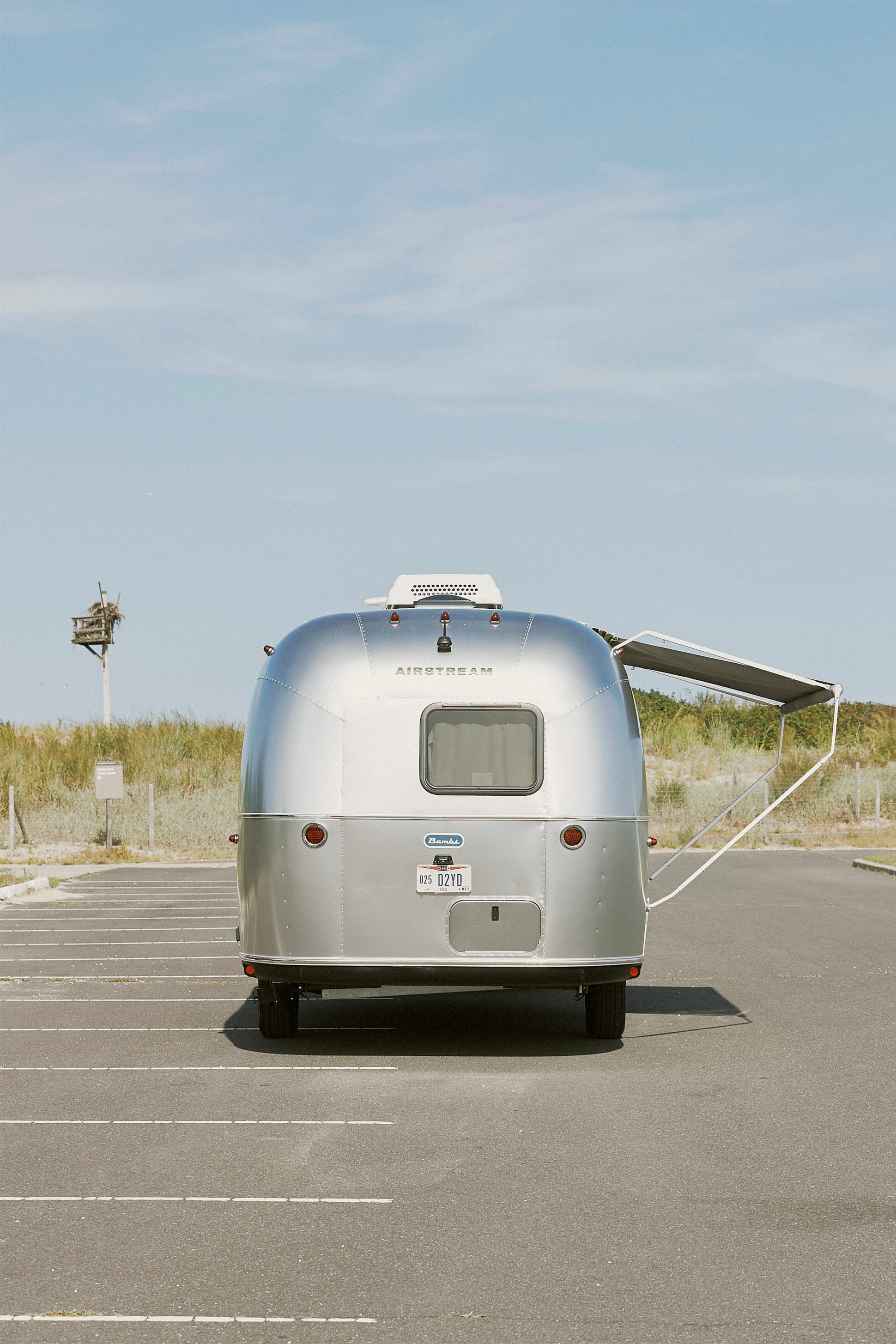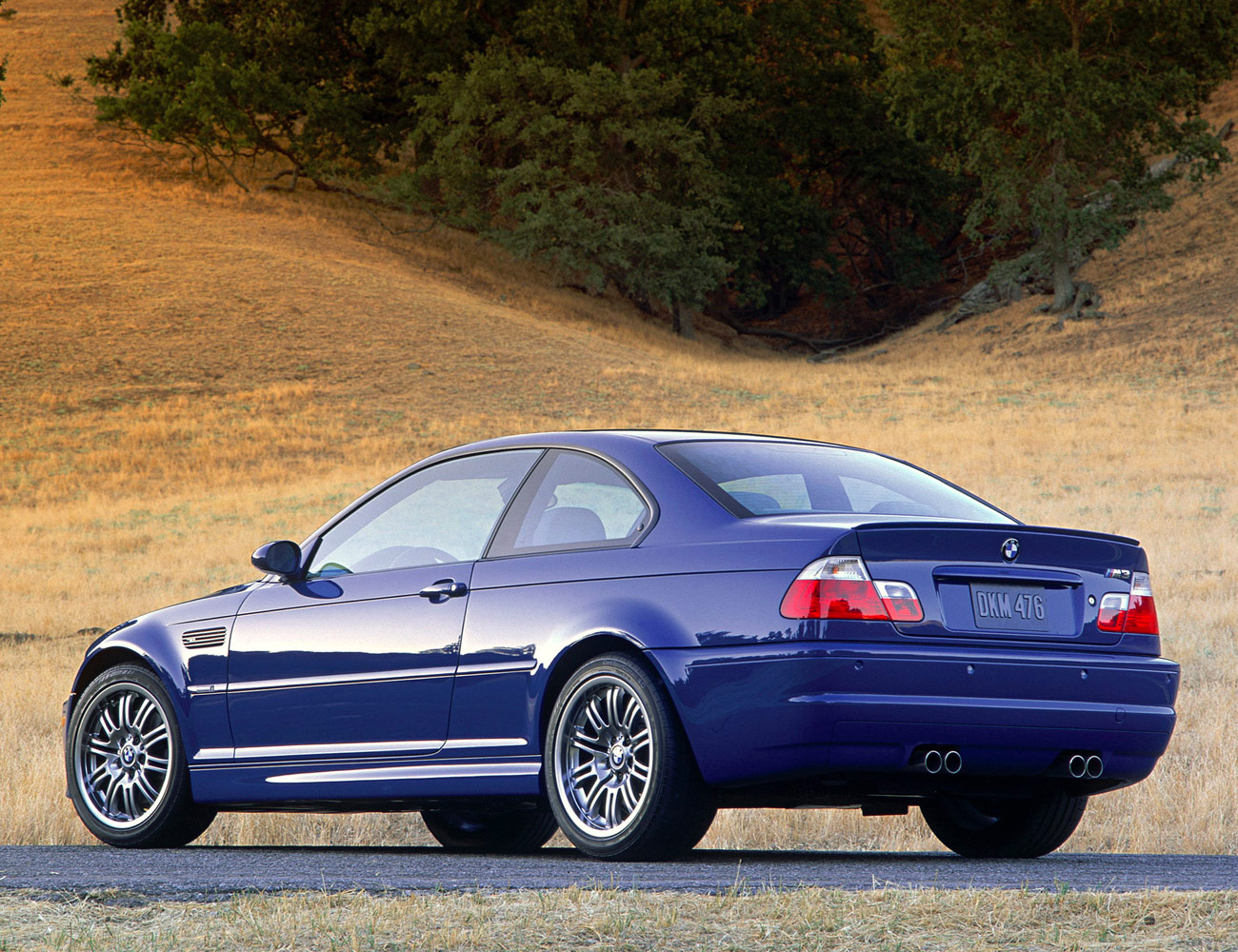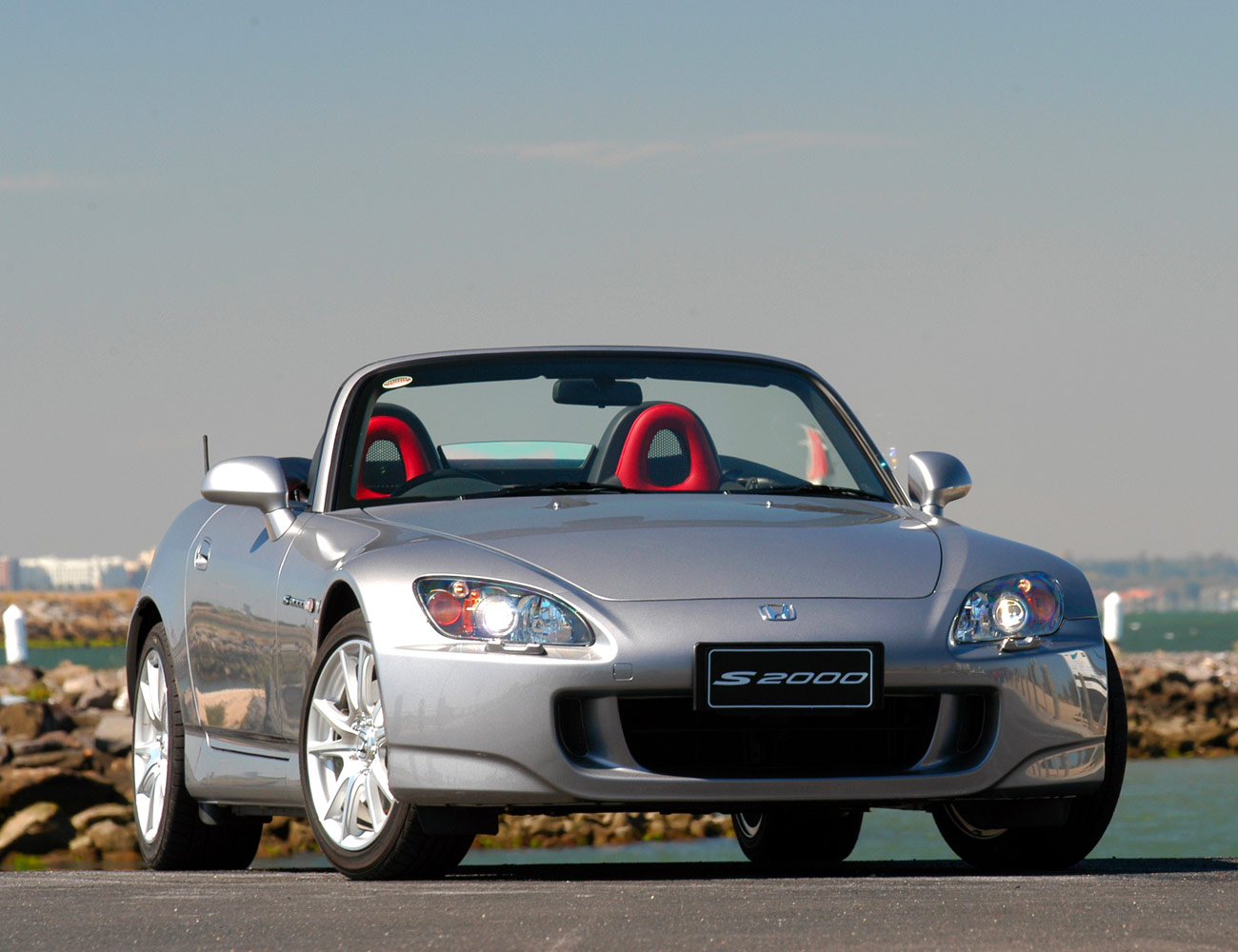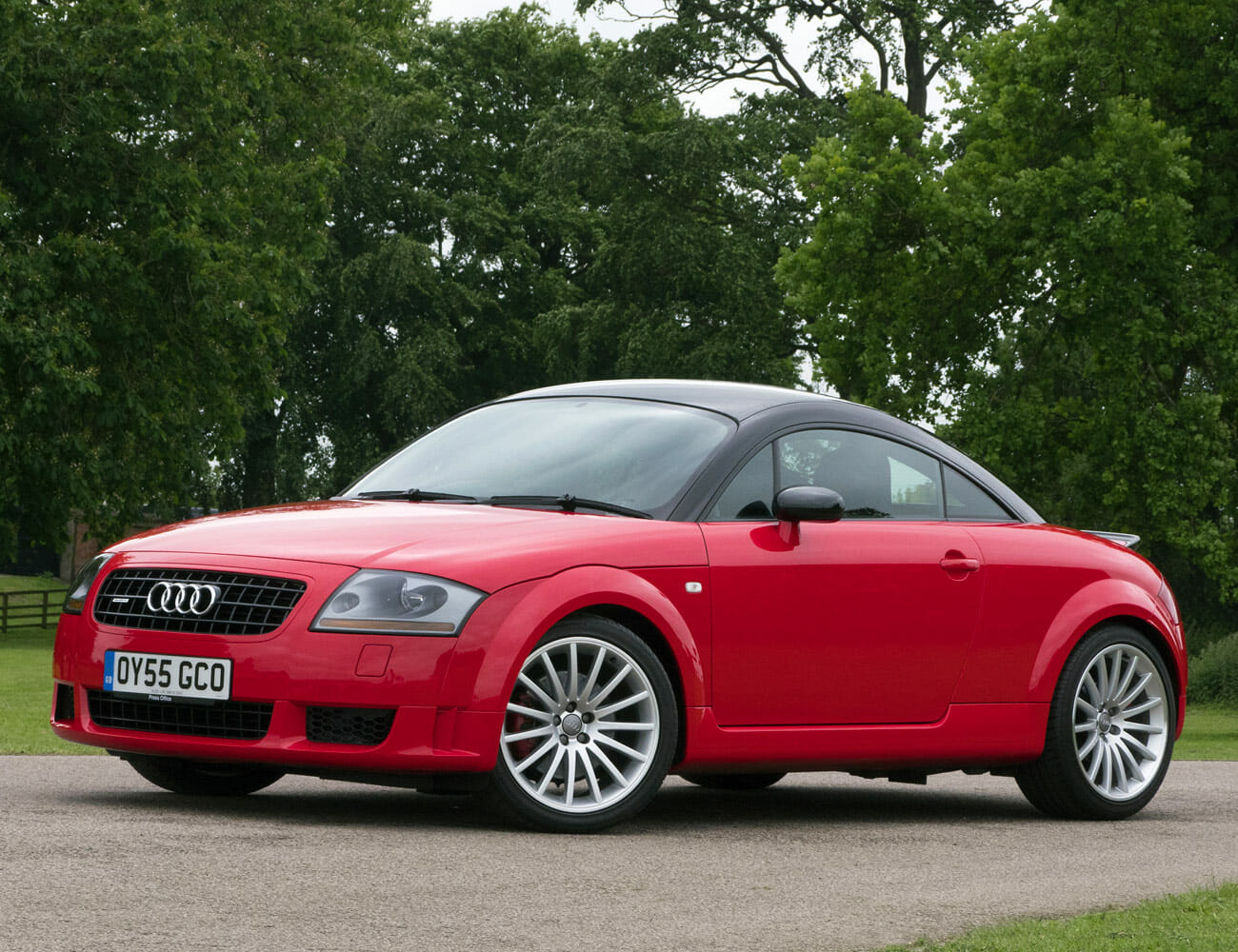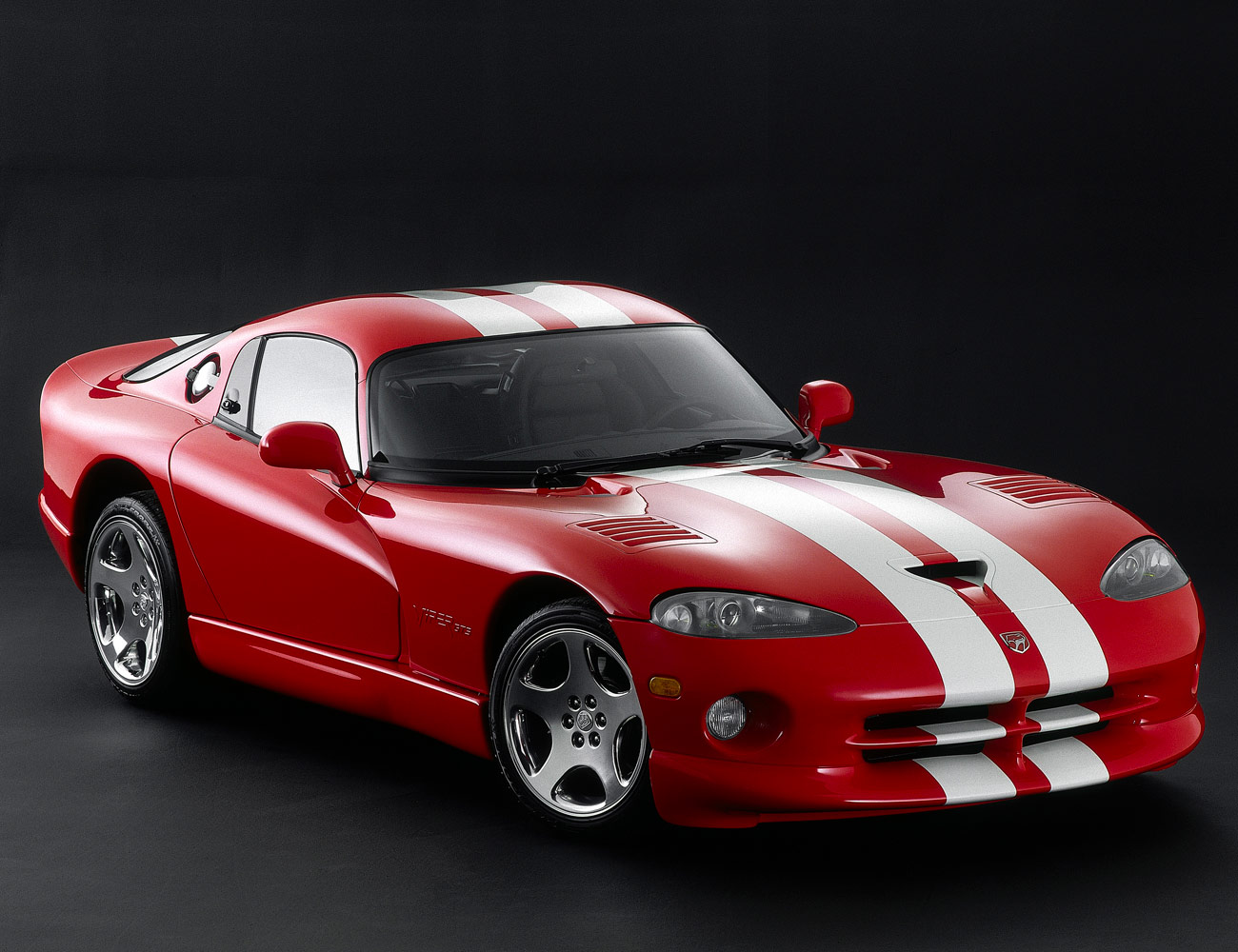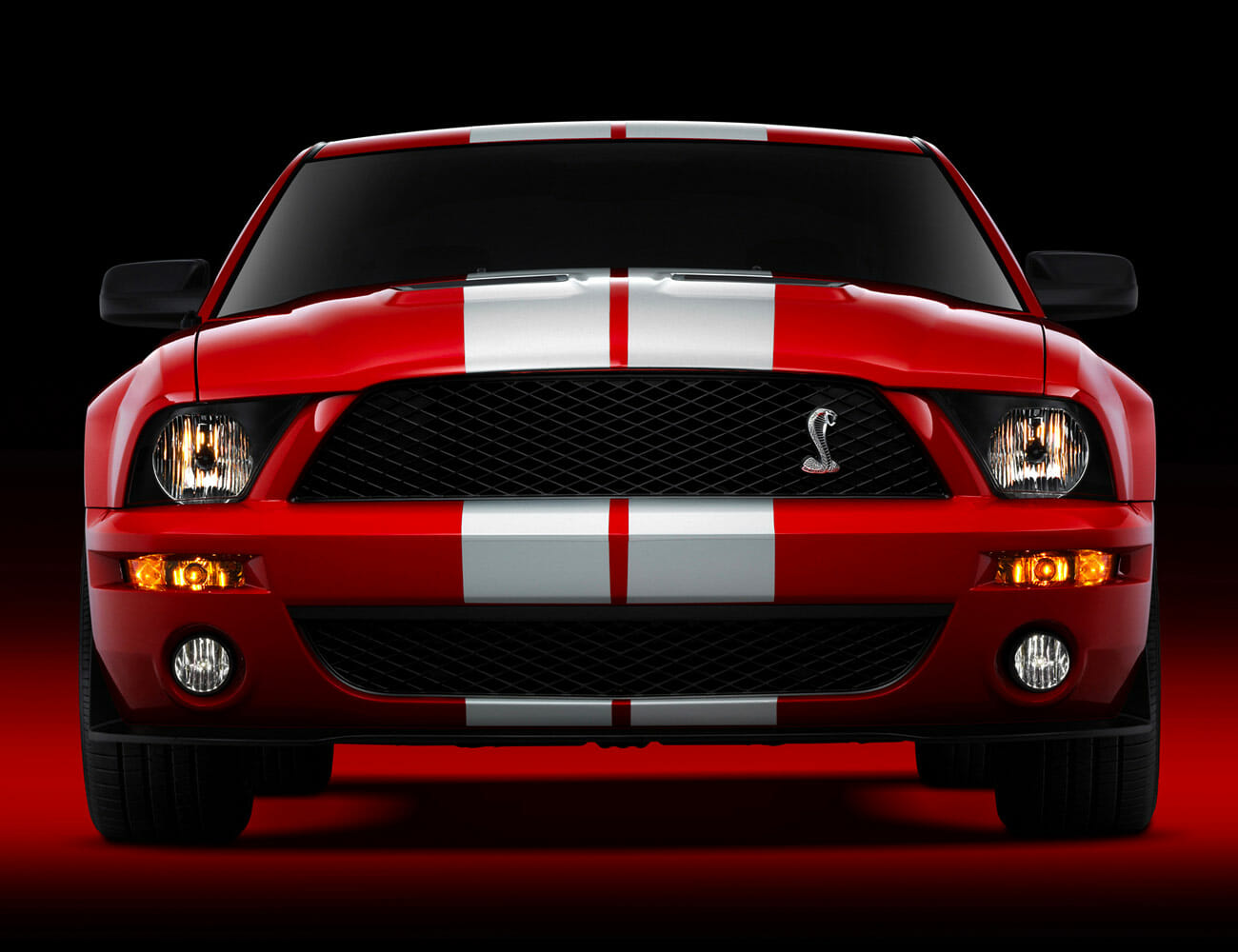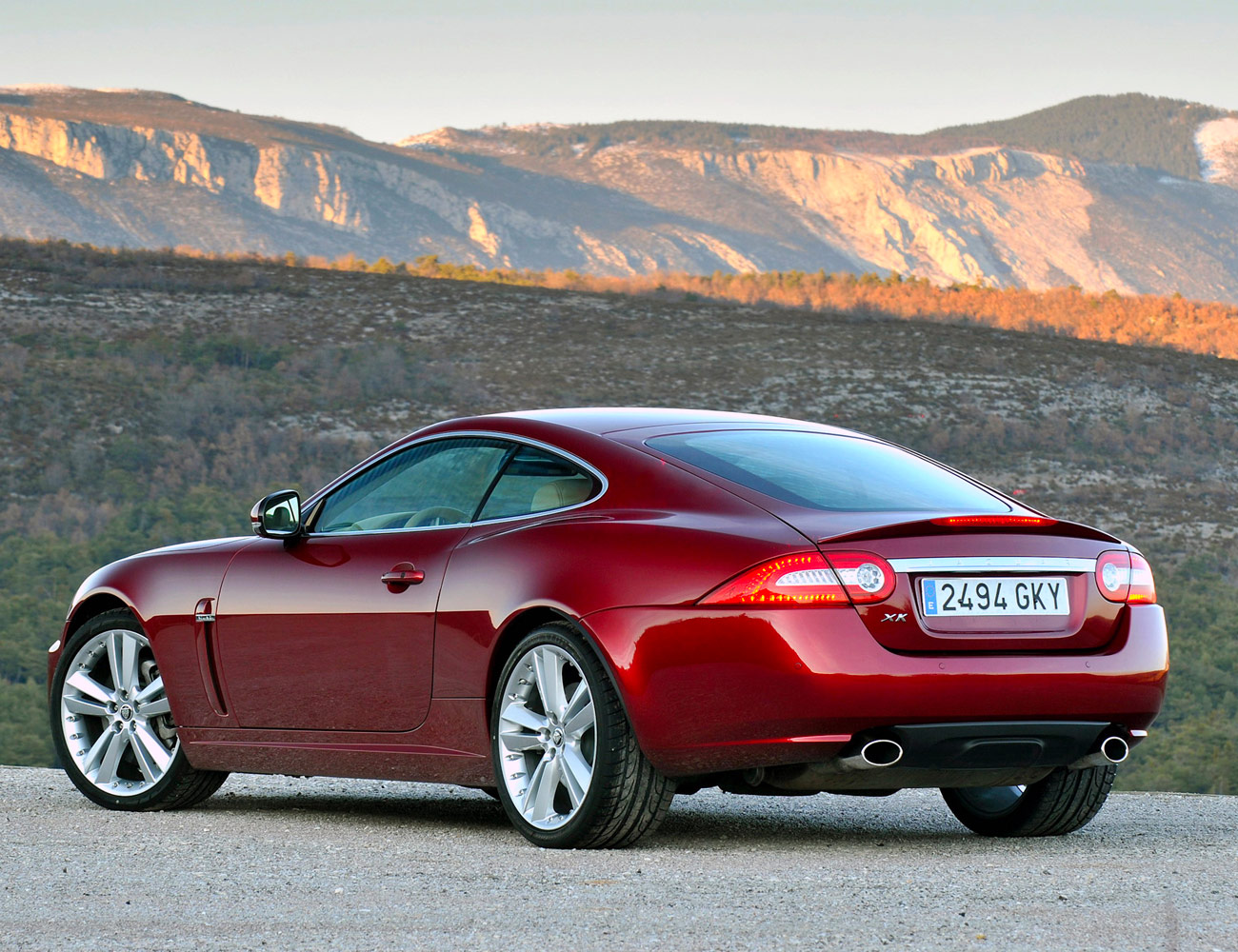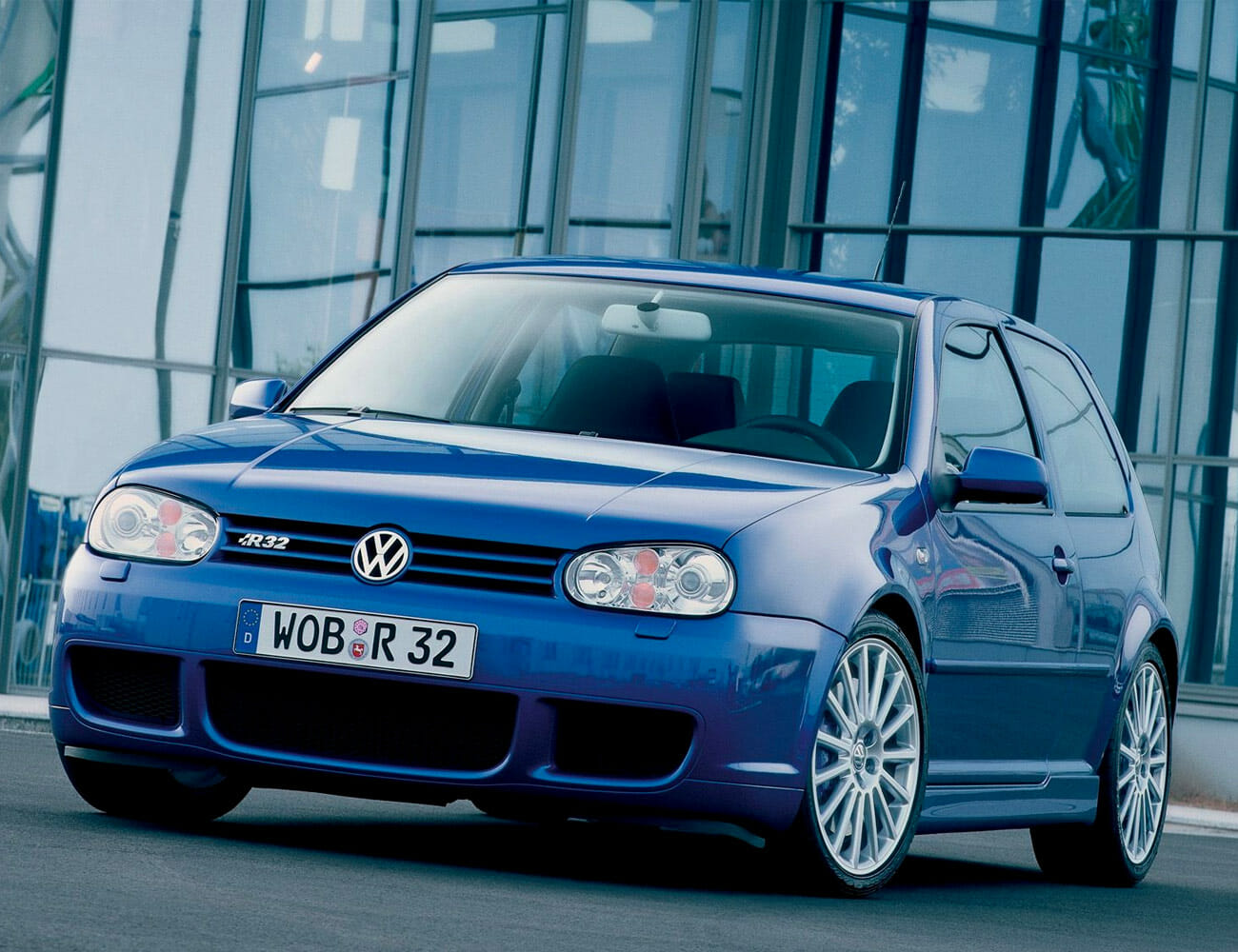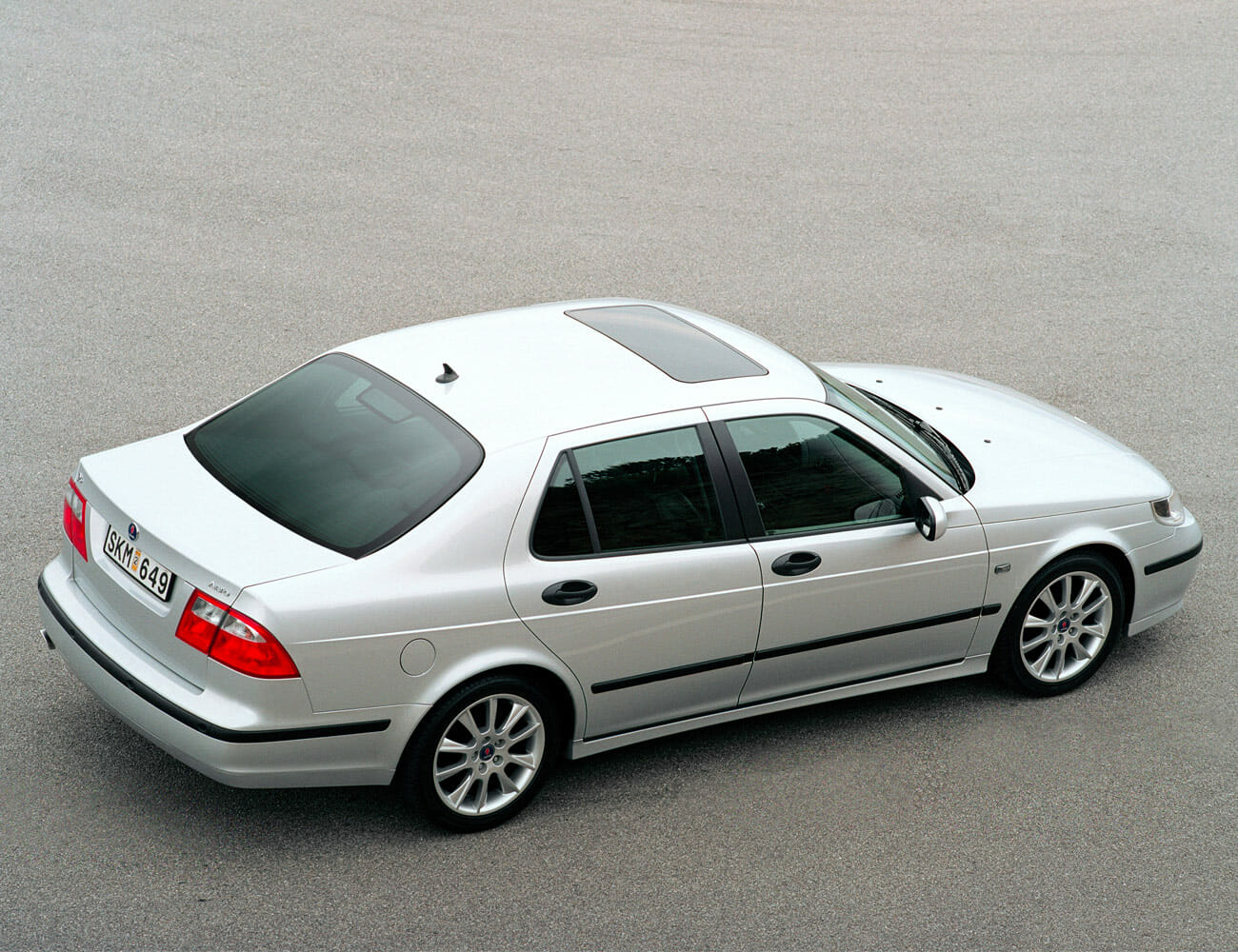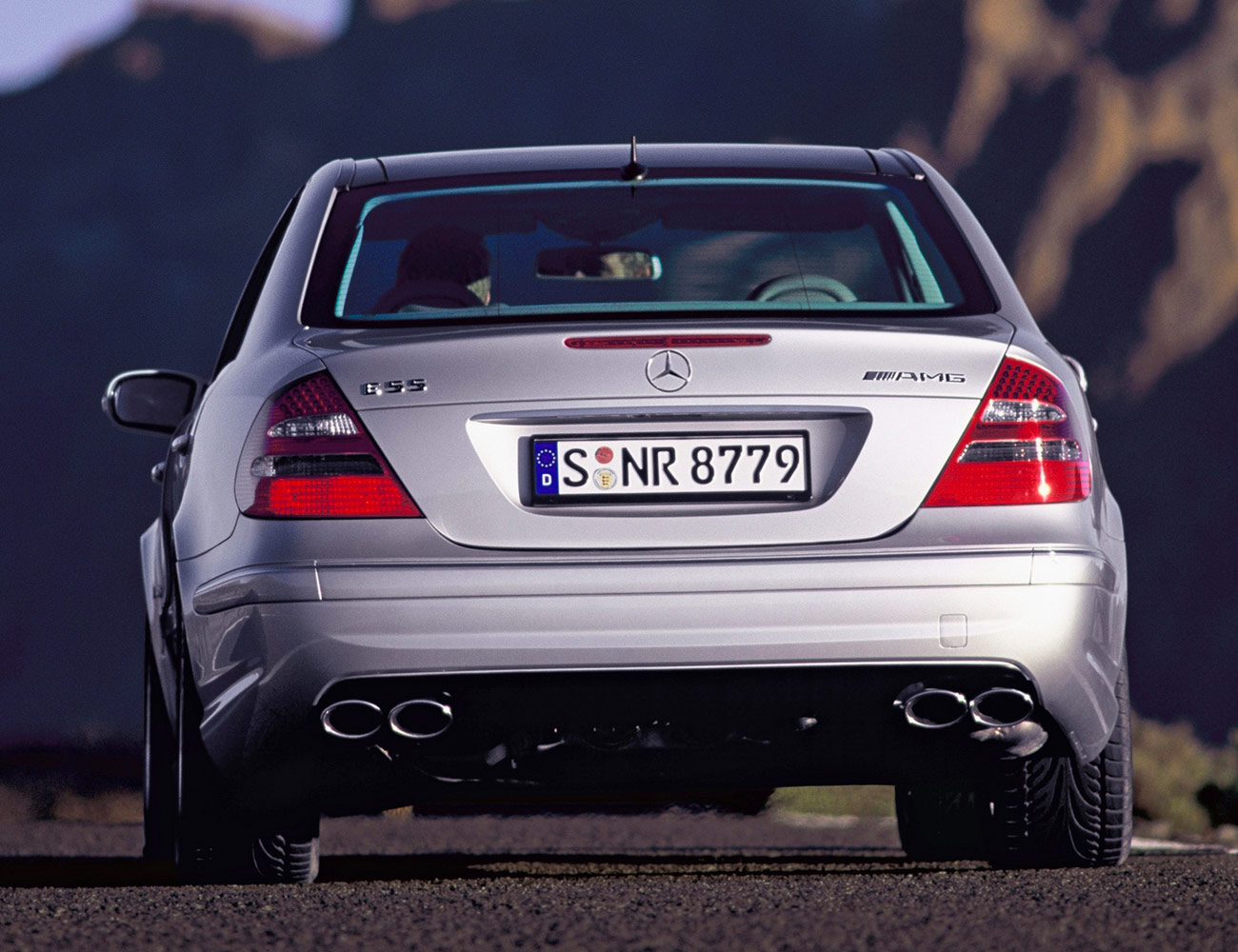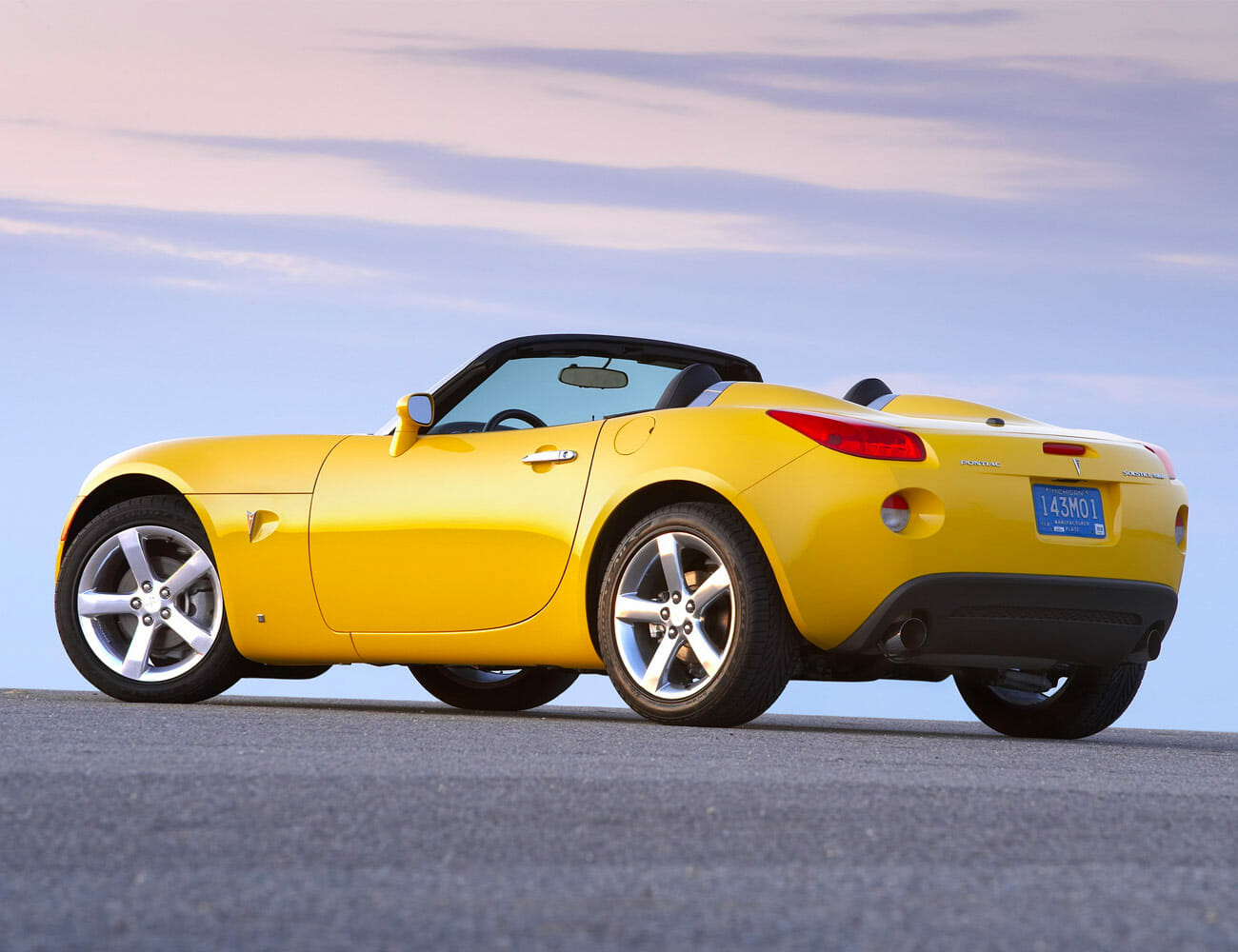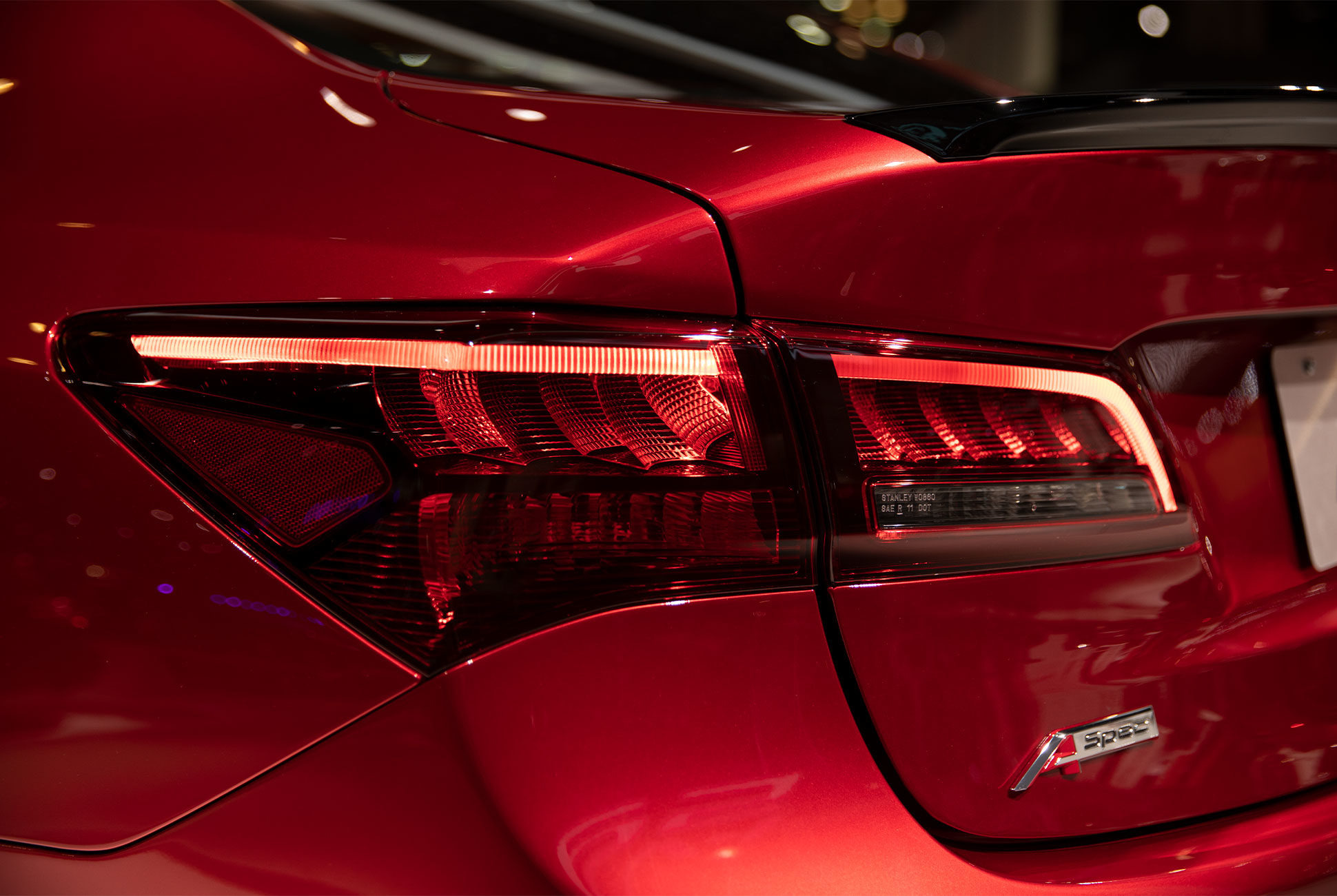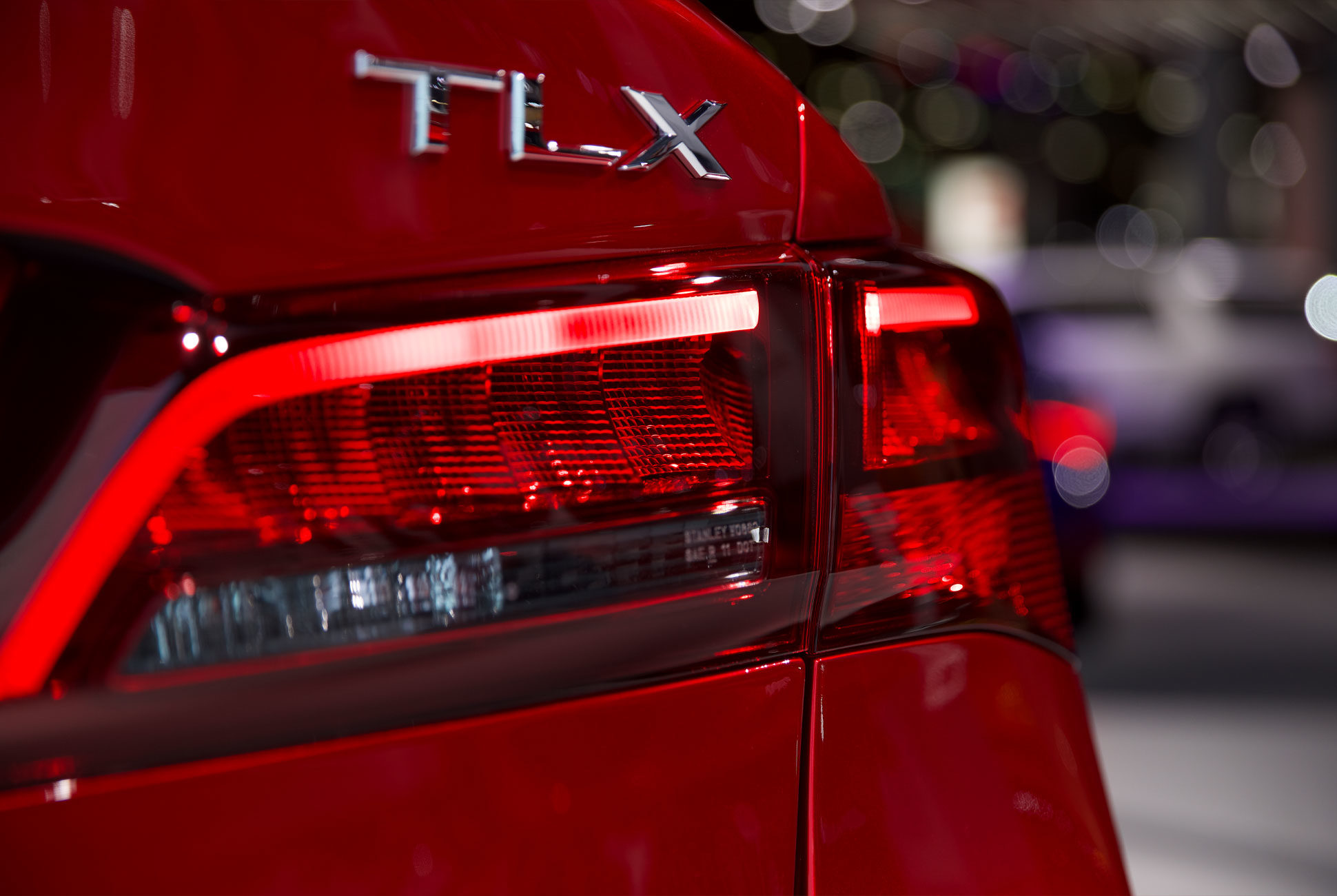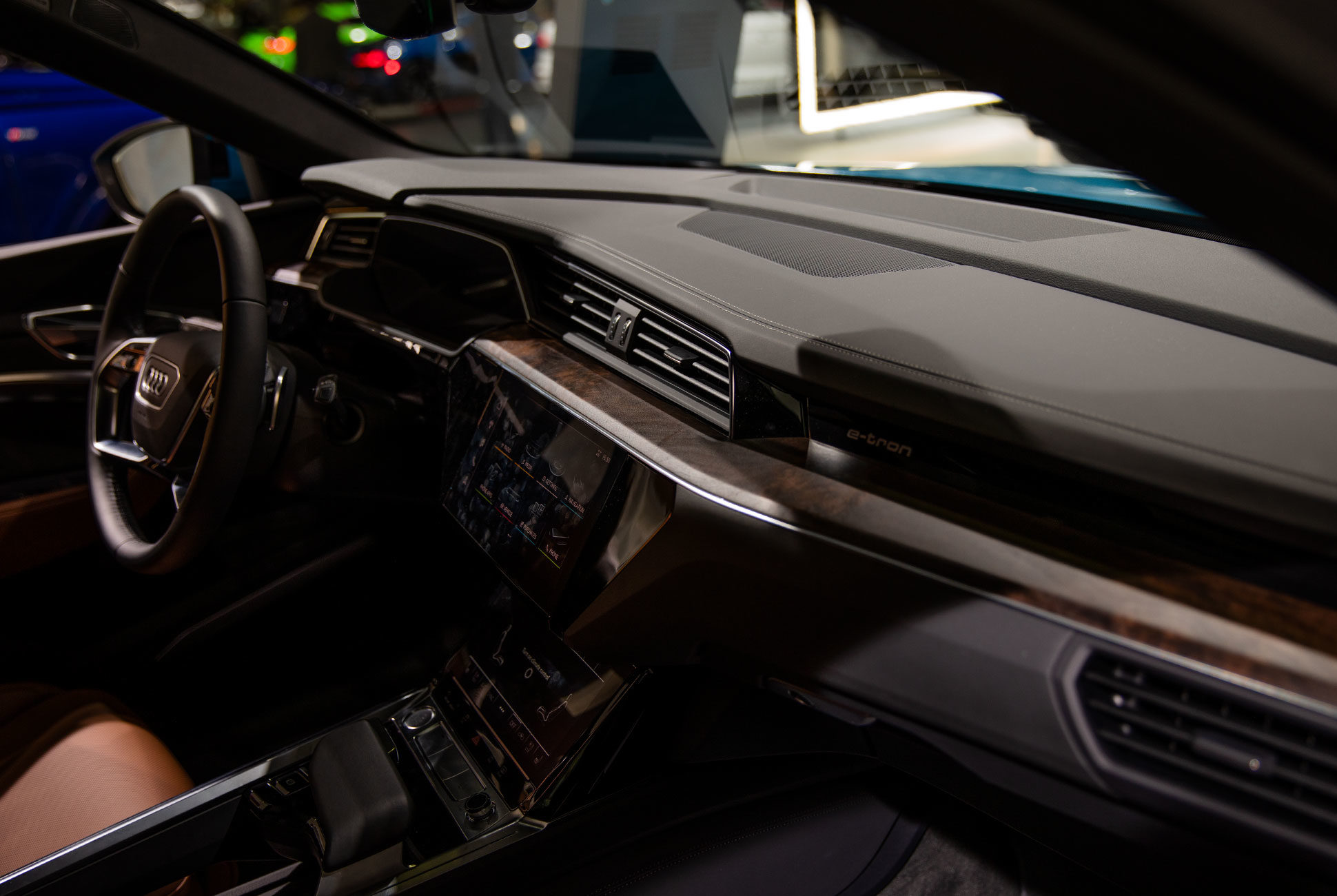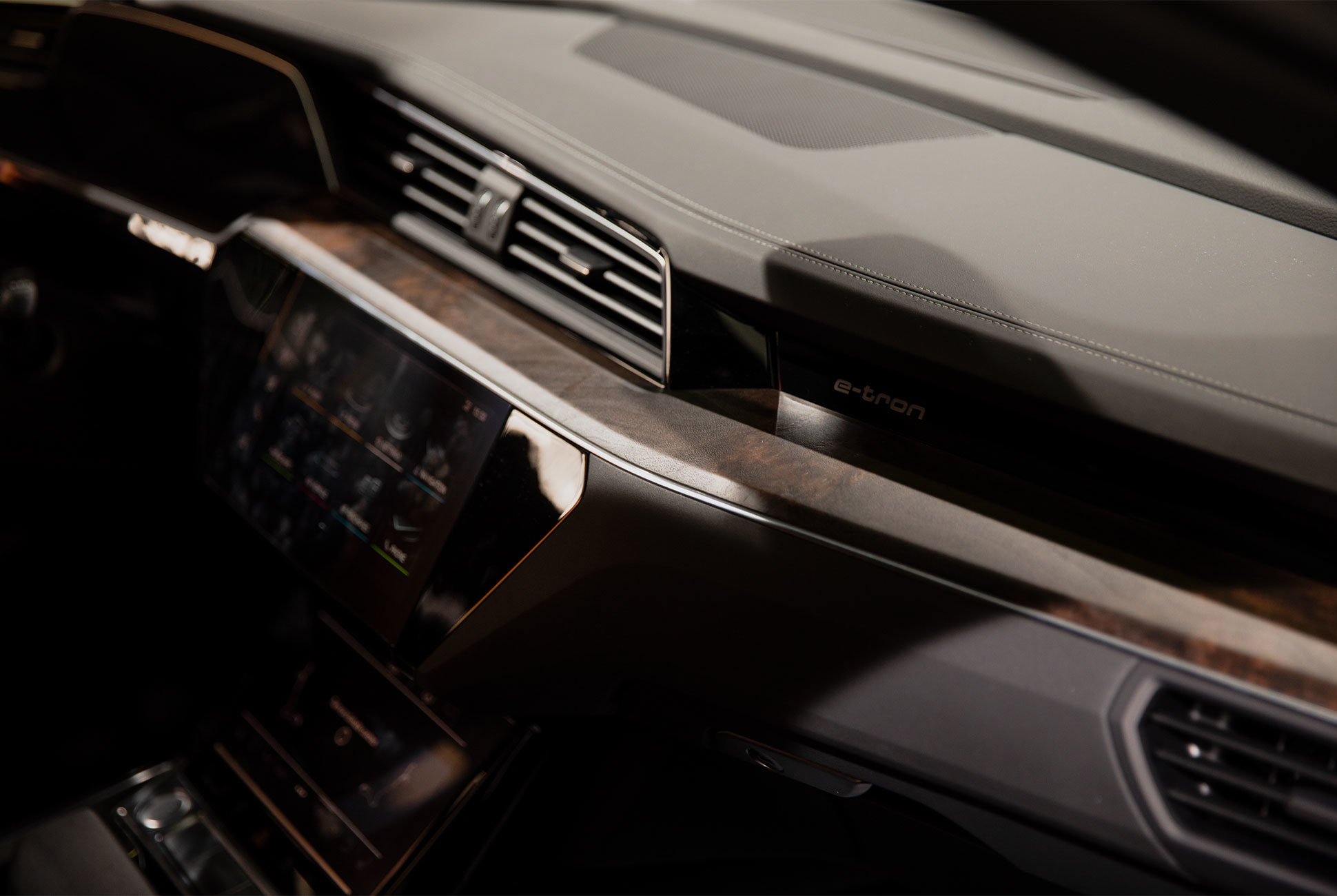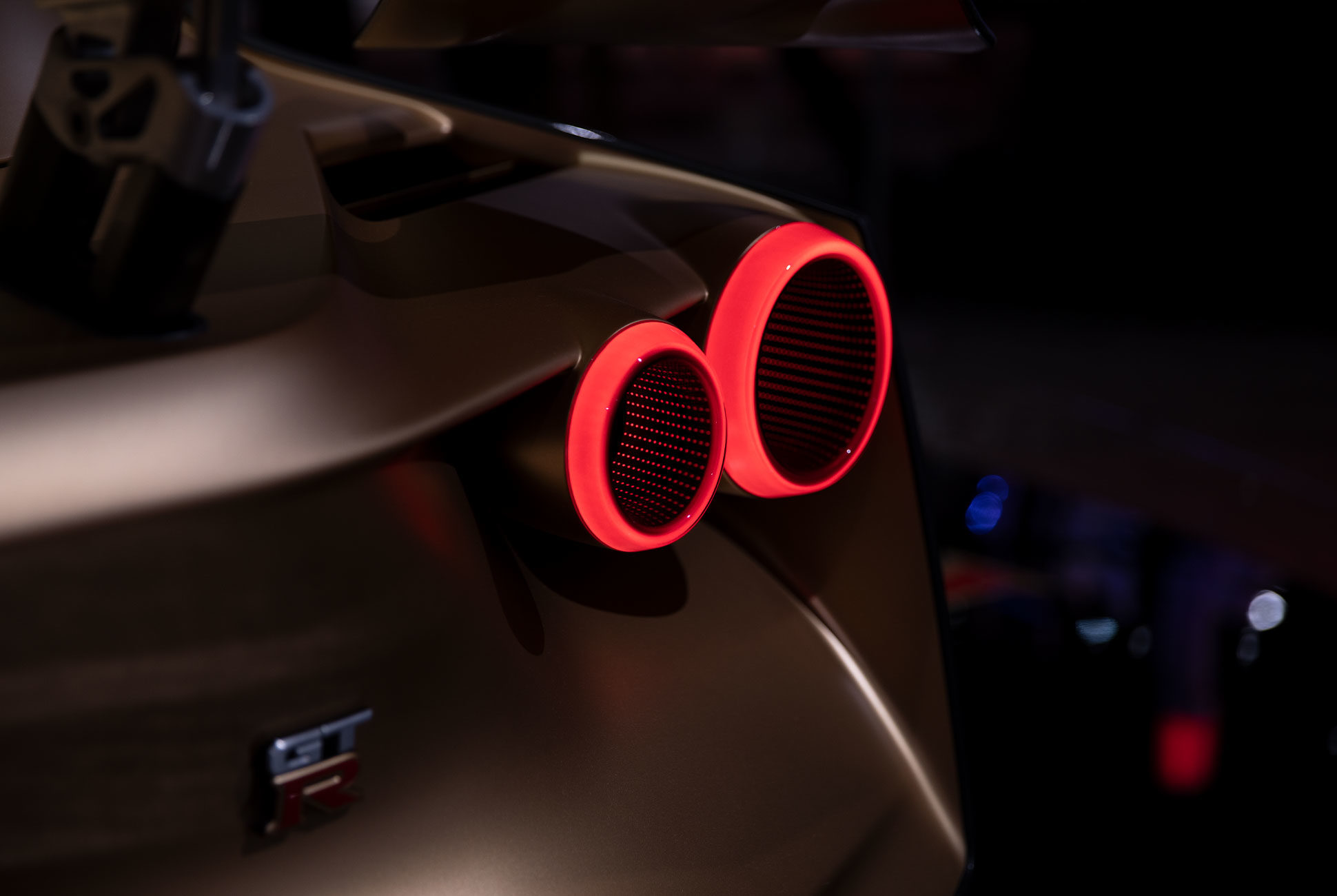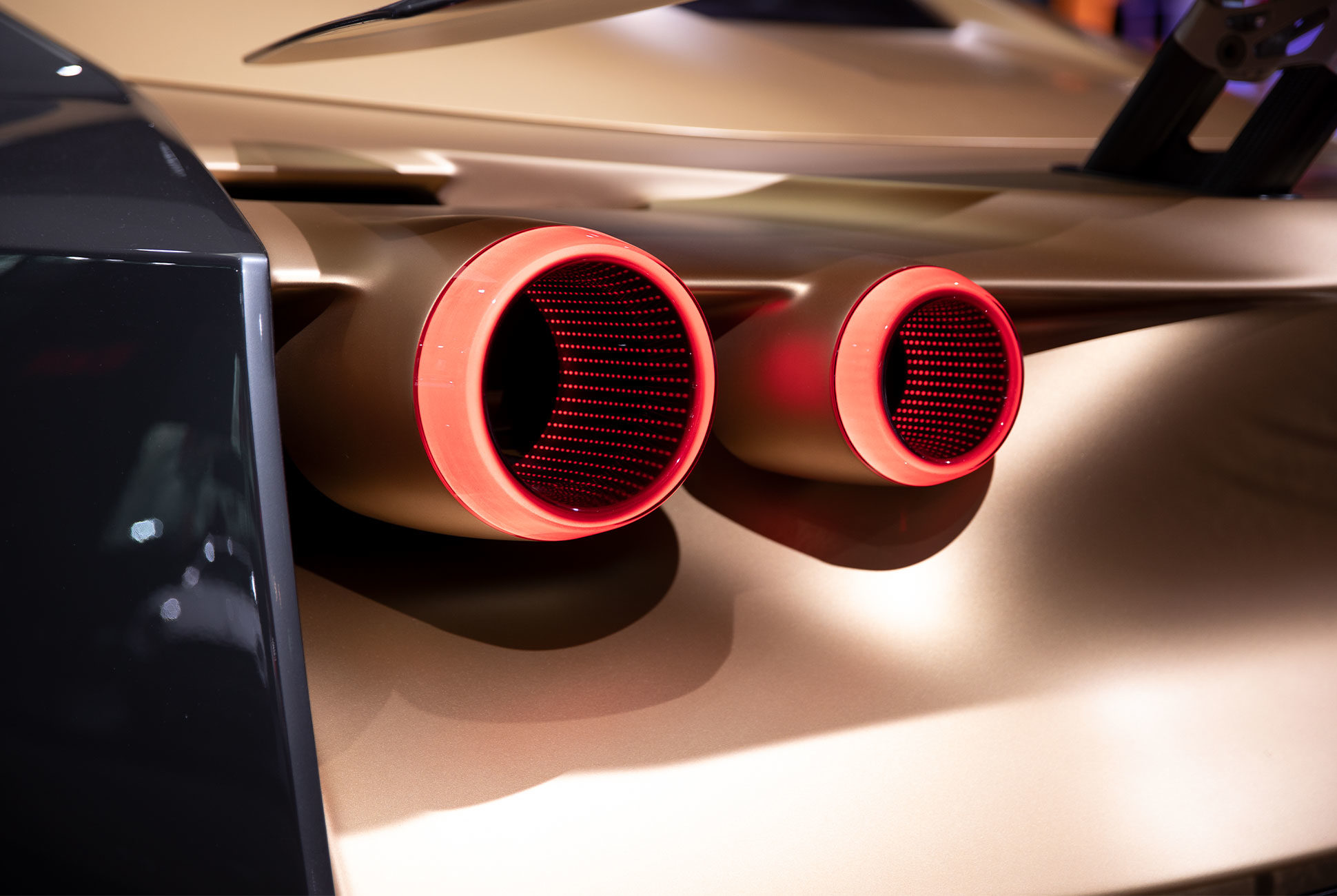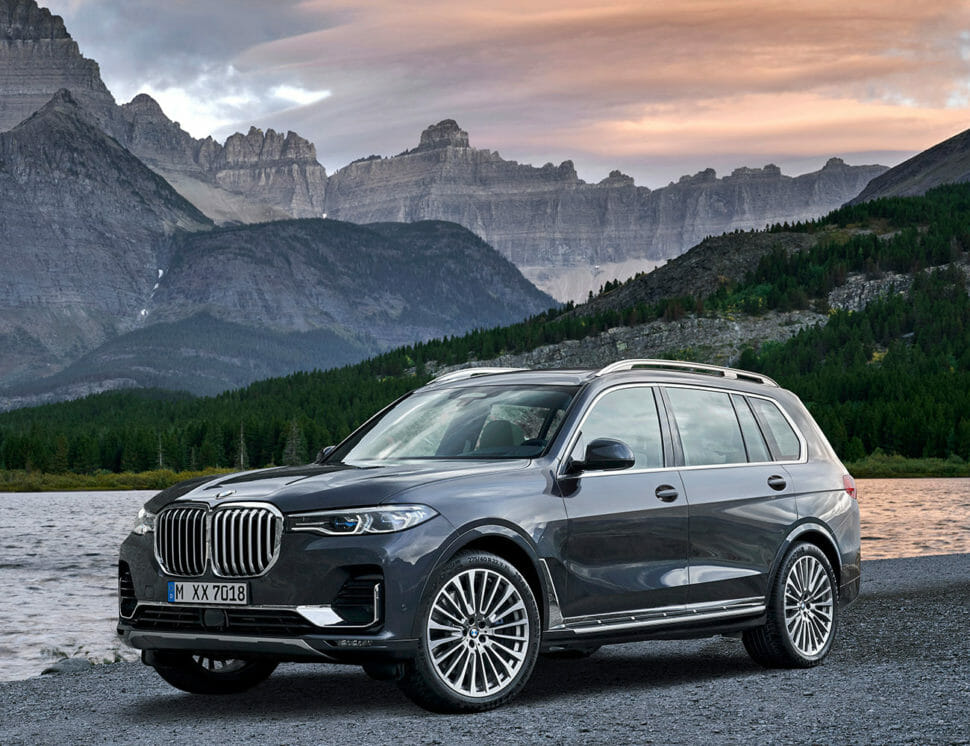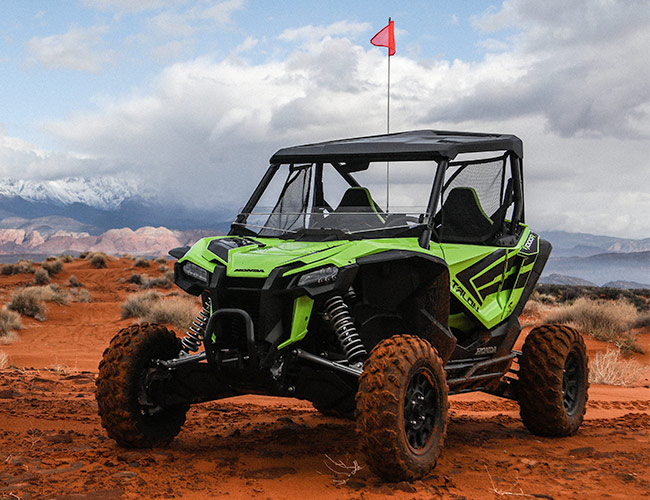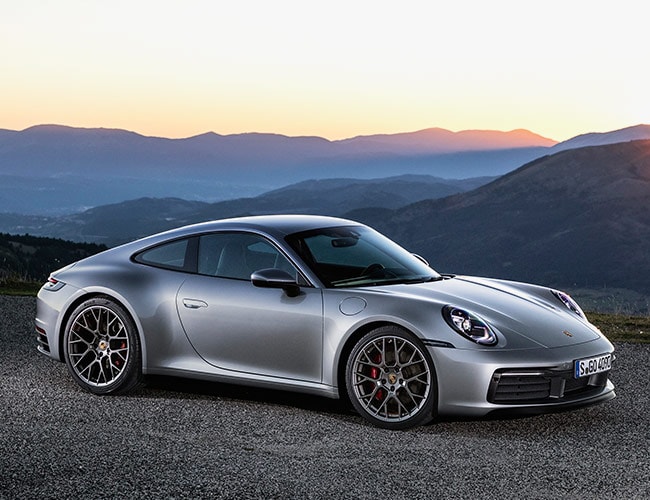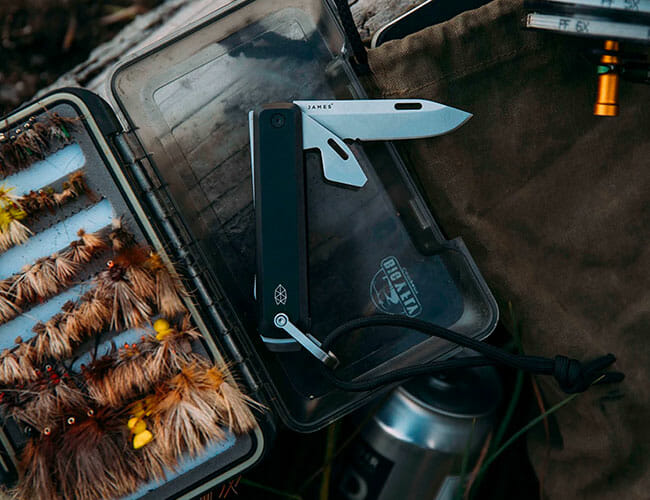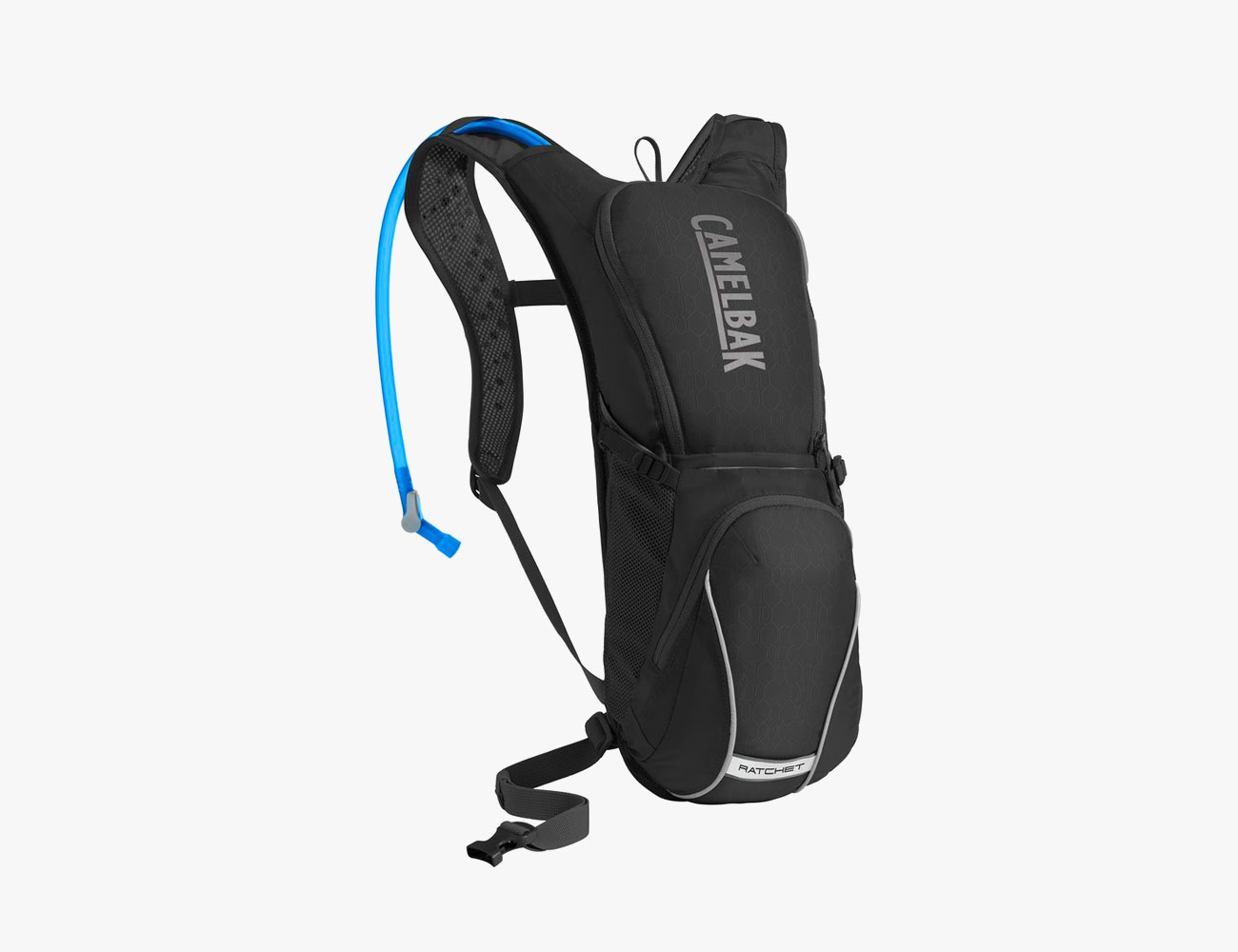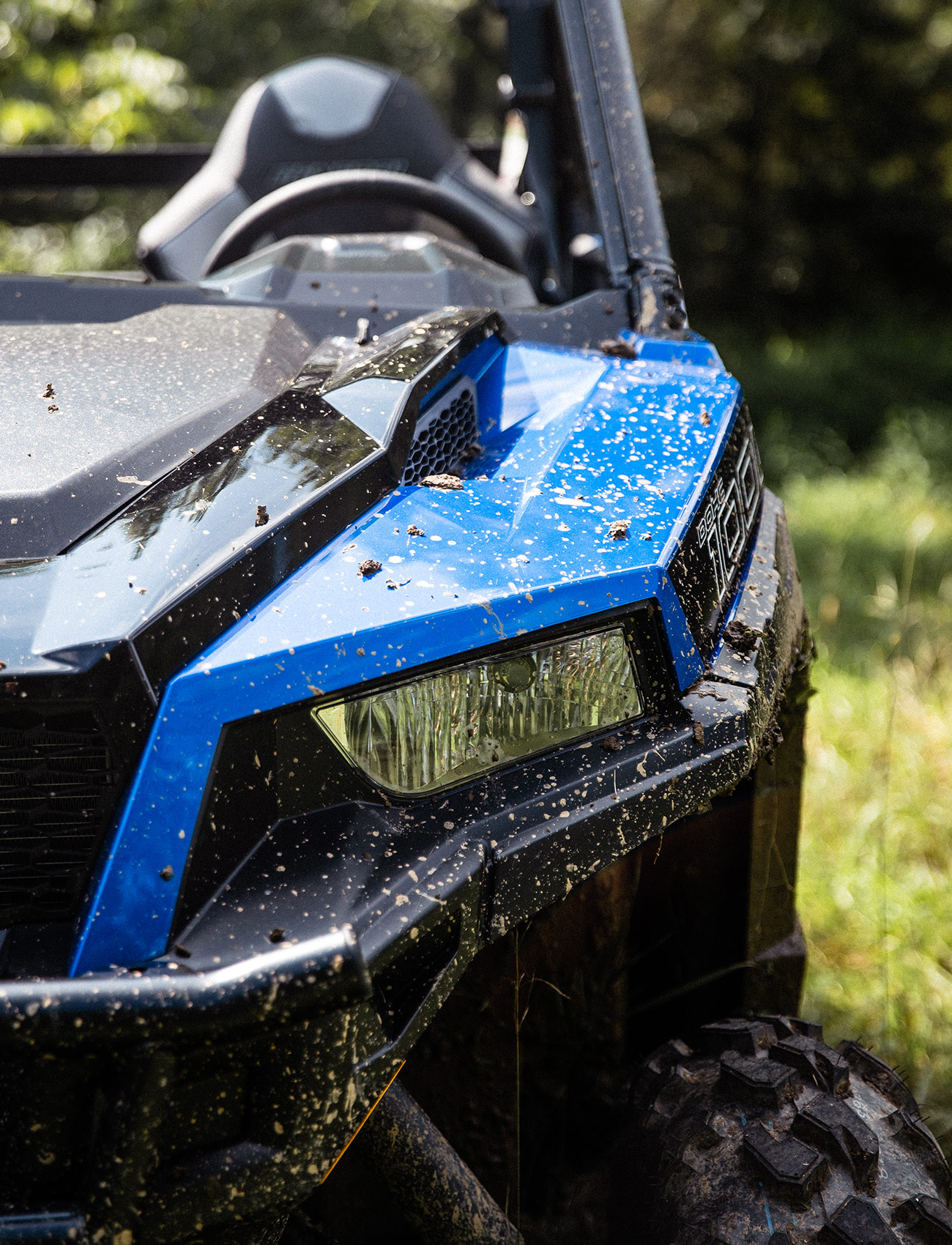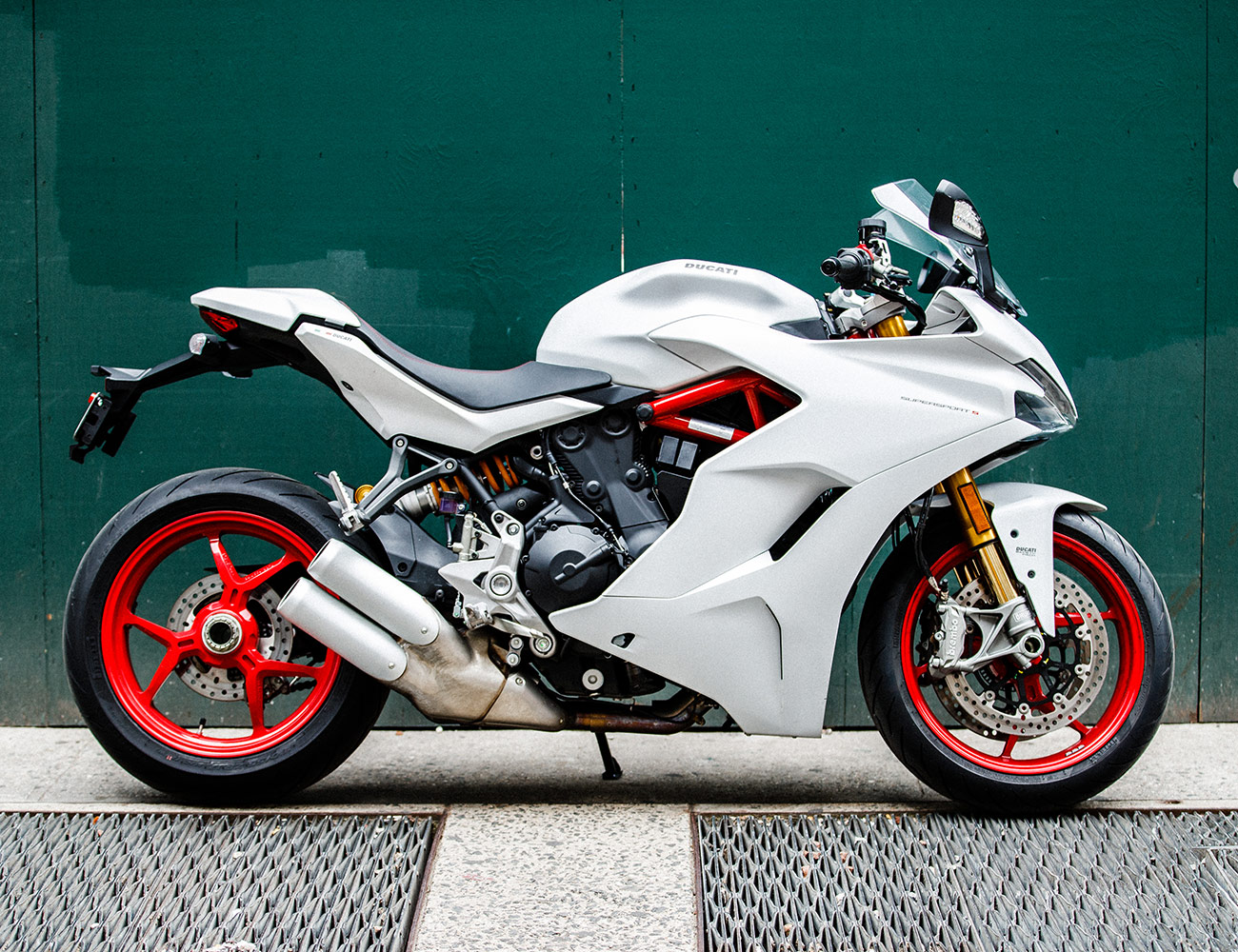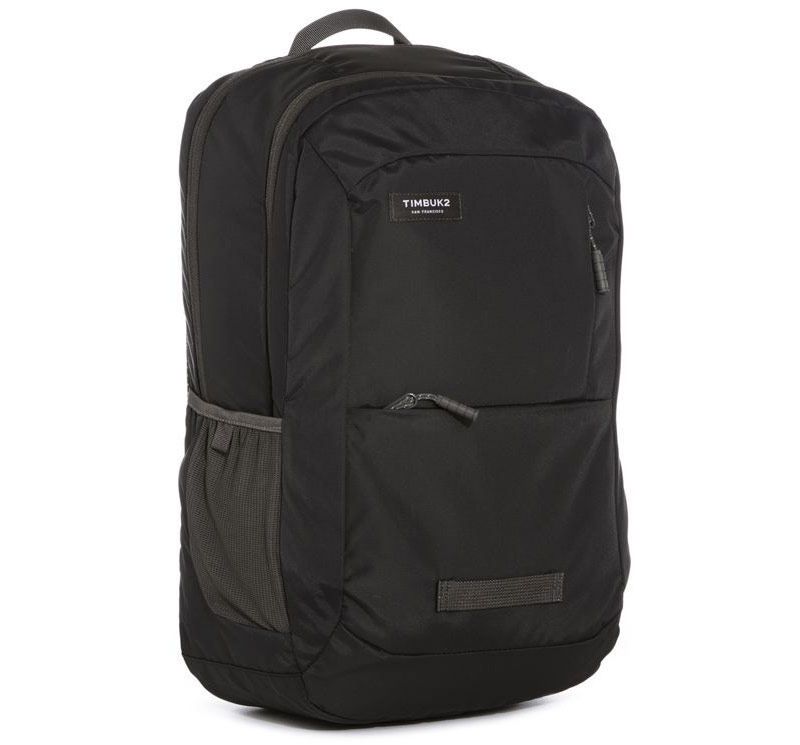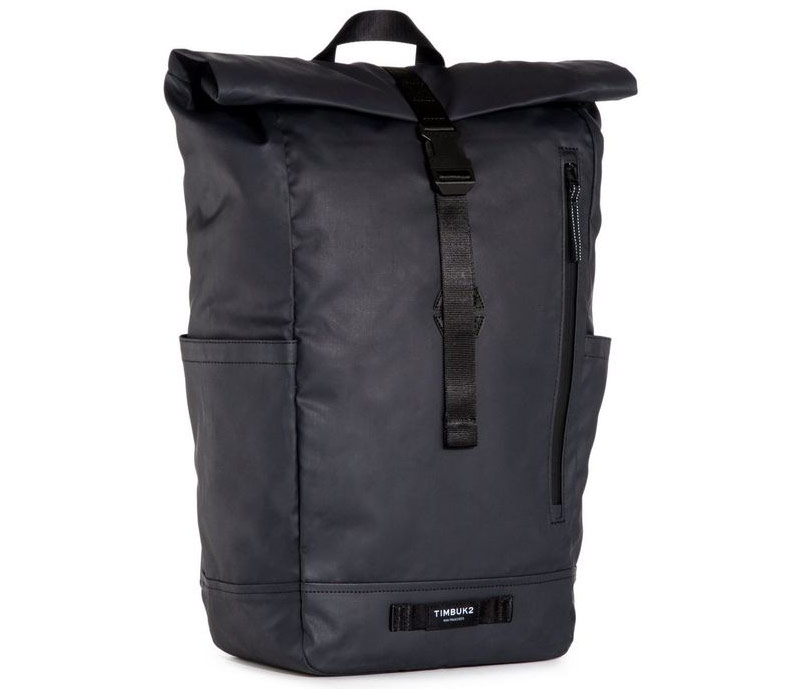One of the principal tenants of Gear Patrol is that the right product can serve and enrich people’s lives. But to do that, you have to find the right product for the task — or the right task for the product.
I bring this up because the Lamborghini Aventador SVJ is, admittedly, very rarely going to be the ideal product for whatever the task at hand. It’s a car that costs as much as a mansion. It’s so wide that parking feels dangerous — those scissor doors aren’t for show, they’re so you don’t ding adjacent vehicles half a block away — yet the interior is as cramped as the cockpit of the fighter jets it looks like it wants to be. It rides low enough that it’ll scrape over rocks the size of squirrel boogers. Its mighty V12 vents heat as prolifically and consistently as Old Faithful, blurring what little backwards visibility you have in a haze.

The list of tasks and people for whom the Aventador SVJ is the perfect product for the job is, as a result, fairly short. If you’re looking to lap the famous 12.9-mile German racetrack called the Nurburgring Nordschleife faster than any other production car, it’s the right machine for the task. If you’re a billionaire Gotham City crimefighter looking for a car to bridge the gap between his diurnal and nocturnal rides, you couldn’t do better.
And, as it turns, it’s the perfect car to surprise someone with a birthday ride.
My mother, who lives in Vermont, insists upon but one gift for her birthday every year: for me to visit and take her out to dinner at her favorite restaurant in a surprise cool car. With each passing year, however, she’s insisted upon something more exciting than the year before; given that 2016’s visit involved a BMW Z4, 2017’s pop-in came in a Chevy Corvette Grand Sport and 2018’s birthday revolved around a Mercedes-AMG GT C, this year requires something in the supercar category in order to raise the bar yet again. Hence: this half-million-dollar-plus Lamborghini.
The fact that this gives me an opportunity to cane a 759-horsepower supercar on some of New York and Vermont’s most bucolic roads? Totally a coincidence.

Getting to those roads, however, involves bobbing, weaving, and crawling along the worst of New York City’s streets. The Lambo isn’t happy in the city; driving it along the avenues and side streets feels like walking a tiger on a leash. Every pothole sends a crash through the carbon-fiber body, in spite of the best efforts of the magnetorheological dampers. Those brass-colored rims wear just enough tire to grip the road; any additional sidewall would hurt the handling, which means there’s almost none to soak up any imperfections in the city’s very imperfect pavement. Traffic, thankfully, gives it a wide berth, no doubt scared off by the feral face, Grigio Telesto paint job and the spoiler large enough to be pulled off a Boeing.
Once out of the city, the Raging Bull starts to come into its own. The Taconic Parkway that winds north from the Bronx to the edge of Albany is so narrow, the Lamborghini’s 83 inches of width seems to suck up every micron of the lane — which is particularly jarring when there’s a rock wall on one side of you and a Chevy Suburban on the other. Still, if you can’t move from side to side, you can always move forwards or back. The brakes take a little getting used to, thanks to a dash of softness at the top of the travel, but once they bite, they do it like a great white shark; this Lamborghini will stop from 60 miles per hour in less than 100 feet, which means bopping back to find a gap is breathtakingly easy.
Or, of course, you could try and pass that annoying car alongside you. Well, not try; you can pass that car alongside you, pretty much no matter what it is or how fast it’s going. Snap the long paddle protruding to the left of the steering wheel once or twice to drop the seven-speed gearbox down a cog or two to put the 6.5-liter engine into the sweet spot of its power band, and the gas pedal becomes the trigger on a catapult, launching you forward with what feels like the sort of force usually reserved for NASA employees and Navy pilots. But while you come for the thrust, you stay for the sound: the scream flowing from those 12 cylinders as they pump faster and faster qualifies as a religious experience for gearheads.
As the miles go on, the Lambo’s secrets start to reveal themselves. The drive mode selector is best toggled to the ever-so-appropriate Ego mode, which lets you personalize the suspension, engine and steering setting: Corsa (the raciest) is best for the steering, as it locks the rack’s ratio (it’s variable in the other modes); Strada (the most relaxed) is ideal for the suspension, as you’ll want every dram of compliance you can steal here; and Sport (the intermediate) is best for the throttle, because it frees up the throttle and exhaust without being quite as grating as angry Corsa. The cabin — which seemed surprisingly accommodating for my six-foot-four-inch frame at first — proves too cramped for more than a couple hours of seat time without stopping to stretch; I climb out limping more than once, my legs cramping up from the seat bolsters pushing incessantly into my thighs.
Above all else, though, every quiet country bend and empty rural route reveals how stunningly, stupefyingly delightful this Lambo is to drive. The SVJ is the second car to benefit from Lamborghini’s miraculous air-vectoring “Aerodinamica Lamborghini Attiva” system, which shunts the air rushing past about to adjust the car’s aerodynamics. It even helps the car turn faster, blocking airflow on one side or another in a manner not unlike dragging a kayak’s paddle in the water helps it turn. A display on the instrument panel lets you see when it’s working…though at the speeds where it works, you probably ought to be staring at the road.
What matters is that it gives this massive car the sort of agility you wouldn’t normally associate with something of its size. Combined with the razor-sharp steering rack and the rear-wheel steering, the SVJ feels nimble as a new Supra when you push it.
And while the car’s speed is apparent even on fast-moving highways, it’s only once you find a clear stretch of road that you can really experience it. The naturally-aspirated V12 pulls hard no matter what speed it’s turning at, with the power rising and rising all the way to its 8,500 rpm peak — just 200 rpm shy of redline. You barely touch those last thousand rpm in the real world; partly because the engine spins up so fast that you don’t want to slap against the rev limiter, but more because, well, you never need that last burst. It’s just so damn fast.
The end result is a car that feels like it could beat anything on a winding road. An old ad for the Ford GT comes to mind: In what gear do you know that nothing can catch you? It’s not hard to see how this Lambo could beat all production car comers at the Nurburgring; that track is effectively the ultimate winding road, one that just happens to be behind some tall fencing.
Would I buy it, if I had the $518K-plus needed to park this wild machine in my garage? I never would have thought so before this, but yeah. In part, because it is as capable as those looks lead you to believe; it can cash the checks its design writes. But more because, well…it’s just plain fun.
Not just in the traditional sense espoused by the likes of your Miatas and M3s, although there’s more of that than you’d expect. Not just because you drive it knowing it may well be the last of the cruel old Lamborghinis, the final installment in a raw, guttural line stretching back to that first obscene Countach of nearly 50 years ago. The Aventador’s replacement, should there be one — hardly a given — will, at the very least, presumably have its V12 fury tempered by hybrid technology and a dual-clutch transmission, if not see that 12-cylinder engine swapped for one with eight or 10 pistons like the sorts found in the Urus and Huracan.
But the most entertaining part of the Aventador SVJ isn’t how much fun it is to manhandle down a winding road or crack through traffic. It’s the reactions you get from everyone else around you. To borrow a pop culture reference from a little while back, it Marie Kondo-es the road: the Aventador SVJ sparks joy wherever it goes. Nothing makes people stop and stare like a Lamborghini. That’s doubly true for a scissor-winged V12 bull like the Aventador, and triply true for this bewinged badass. It’s like the SVJ taps into some primal genetic memory of what a sports car is. Stop for gas (a frequent occurrence), and people wander over to ask questions. Passengers (and occasionally drivers) of other cars whip out phones to take pictures as you flash by. Crowds spontaneously form around it wherever it’s parked. I chase a motorcyclist down a back road for a few miles; when he turns off ahead of me at the end of it, he throws his fist in the air like Judd Nelson at the end of The Breakfast Club.
At the end of the journey, I pull up in front of my mother, and she starts laughing uncontrollably, as though she’s doing an impromptu Joker impression.
“Okay, this is pretty cool,” she says as she drops into the passenger’s seat. She drops an expletive or two in there, as well.
So how am I going to top this with an even faster, wilder car? Thankfully, I don’t need to. Mom says she wants to go off-roading in a Jeep Gladiator next year.
2019 Lamborghini Aventador SVJ: Key Specs
Base Price (Price as Tested): $517,770 ($583,470)
Powertrain: 6.5-liter V12; seven-speed sequential manual gearbox; all-wheel-drive
Horsepower: 759
Torque: 531 lb-ft
0-60 MPH: 2.5 seconds (Motor Trend testing)
Top Speed: The scary side of 217 mph
Lamborghini provided this product for review.
Read More Gear Patrol Reviews
Hot takes and in-depth reviews on noteworthy, relevant and interesting products.
Read the Story
Note: Purchasing products through our links may earn us a portion of the sale, which supports our editorial team’s mission. Learn more here.



